Picture source = https://www.prpeak.com/news/fisheries-and-oceans-canada-seeks-herring-input-1.23107114
FISHERIES
Q. Does damming of river cause reduction in river flow downstream thereby causing loss in aquatic fauna?
Ans.: Damming of river does cause reduction in natural river flow between dam and powerhouse, but a certain volume of water is released regularly as environmental flow/ minimum flow for sustenance of aquatic life in the downstream.
Q. What are the measures taken by NHPC in its Hydropower stations for management of impact on fisheries due to damming of river?
Ans.: Various measures are taken by NHPC for management of impact on fisheries due to damming of river. Some of the measures are as under:
- Release of environmental flow of water in downstream of dam for sustenance of aquatic life of river as stipulated by Ministry of Env., Forests & Climate Change (MoEF & CC), Govt. of India based on prevailing norms and/or site specific scientific studies carried out through expert institutions.
- Provision of Fish ladder in the barrage/dam of power stations to facilitate migration of fish across the barrier. The provisioning of Fish ladder depends upon the type and height of barrage/ dam.
- Formulation of project specific Fisheries Management Plan in consultation with the State Fisheries Deptt, which includes various measures like seed propagation/ breeding of fishes in hatchery followed by river/reservoir ranching etc. These plans are generally implemented through State Fisheries Deptt. and the cost for the same is borne by NHPC.
Q. Why the fish migration is important?
Ans.: Every year, many fish species like Tor putitora, Tor tor, Neolissocheilus hexagonolepis, Schizothorax richardsonii, Schizothorax progastus etc, migrate to their spawning ground habitats for the purpose of reproduction. Some fishes swim more than 25 kms. through rivers to reach their destinations for spawning.
Q. Why Fish ladder is constructed ?
Ans.: Fish passage is essential for adult fish to be able to travel upstream to spawn and to be able to travel downstream after breeding. A fish ladder or fish way is often constructed to facilitate the upstream and downstream passage of fish around a dam or barrage, which might prevent or impede movement of fishes across river. Downstream passage of migrating fishes and some post-spawned adults are sometimes also provided by allowing sufficient amounts of water through spillway.
Q. In which projects of NHPC, fish ladders have been constructed?
Ans.: Based on the detailed scientific studies through different expert institutions, NHPC has constructed fish ladders in the barrage/ dam structure of URI-I Power Station (J&K), Tanakpur Power Station (Uttrakhand), TLD-III & TLD-IV Power Stations (West Bengal) to allow fish migration across the diversion structure.
Q. How much slope/gradient has been provided in the fish ladder?
Ans.: On an average, the slope/gradient in the fish ladder has been kept at 1:10.
Q. How much water depth and their velocity are maintained inside fish ladder?
Ans.: The design of the fish passages depends on the physical characteristics and capabilities of the migrating fish—such as body type and size, swimming ability, impact resistance, and leaping ability. The flow velocity through the fish ladder should be less than the sustained swimming capability for each species, and less than burst swimming ability over short distances. Similarly, minimum low-flow stream depths within fish passages should be maintained to accommodate fish size, swimming abilities and behavioural responses.
Q. How much water depth and their velocity are maintained inside fish ladder?
Ans.: The design of the fish passages depends on the physical characteristics and capabilities of the migrating fish—such as body type and size, swimming ability, impact resistance, and leaping ability. The flow velocity through the fish ladder should be less than the sustained swimming capability for each species, and less than burst swimming ability over short distances. Similarly, minimum low-flow stream depths within fish passages should be maintained to accommodate fish size, swimming abilities and behavioural responses.
Q. Which type of fish farms are constructed under Fisheries Management Plan at projects?
Ans.: Generally, the cold-water fishes and carp fishes dominate the project areas of NHPC, because most of the NHPC projects are located in Himalayan stretch, where river water temperature lies in the range of 5 to 25 degree centigrade. Thus the Trout fish farm (with overhead tank, de-siltation tank, raceways, troughs, trays, nursery pond, rearing pond and stocking ponds) and farm with carp circular hatchery (with overhead tank, de-siltation tank, breeding/spawning pool, incubation/hatching pool, spawn collection chamber, nursery pond, rearing pond and stocking ponds) have been constructed in different projects based on the scientific studies and site specific requirements.
[Contribution by: Manoj Kumar Singh, Senior Manager (Environment)]











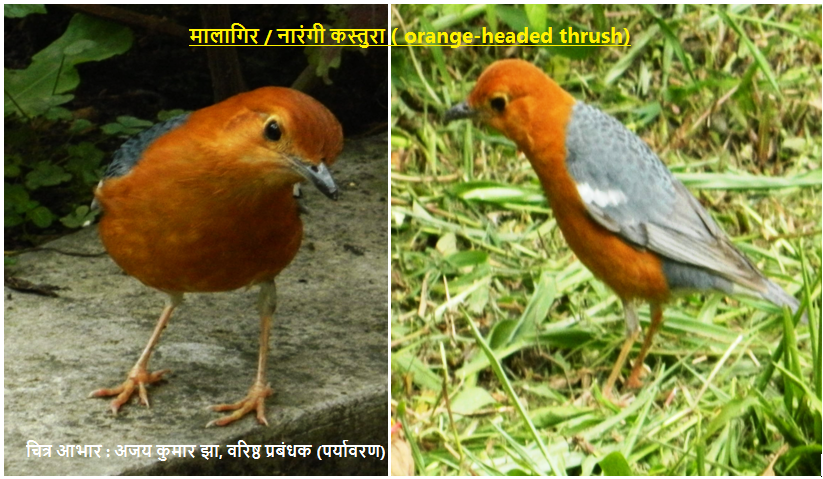









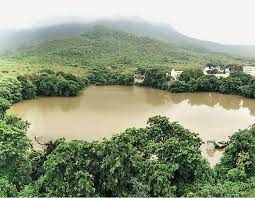

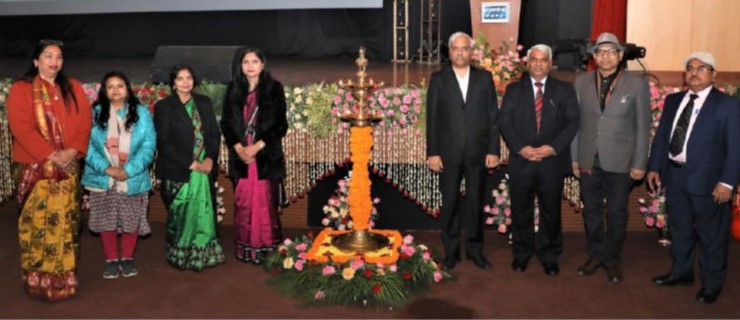
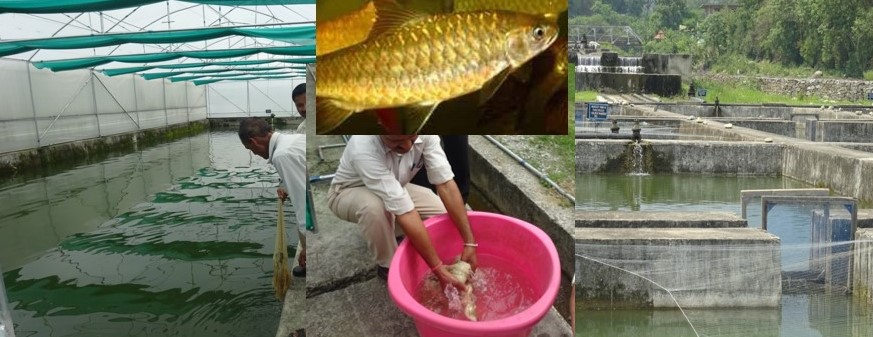




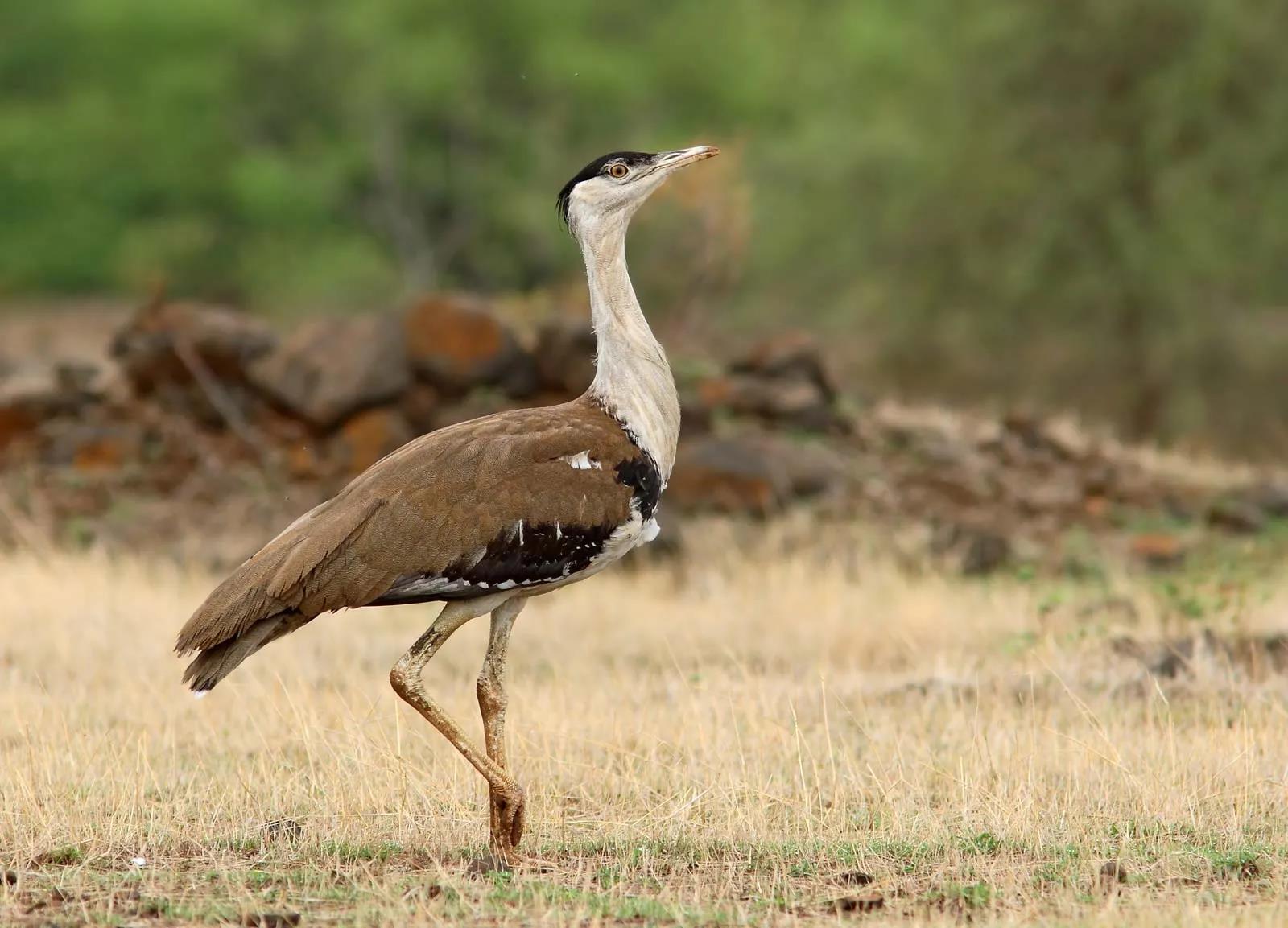
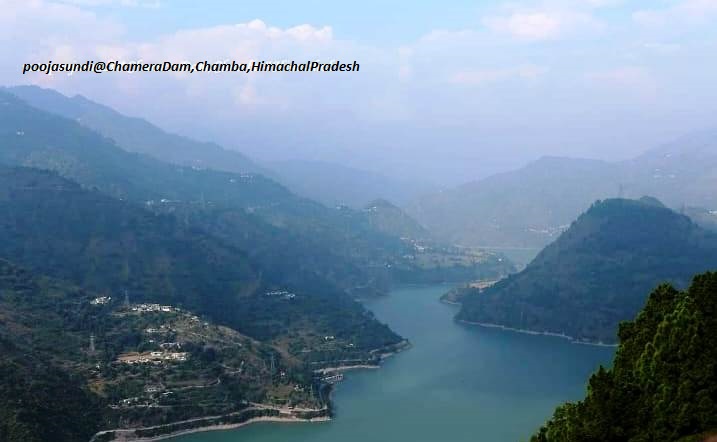
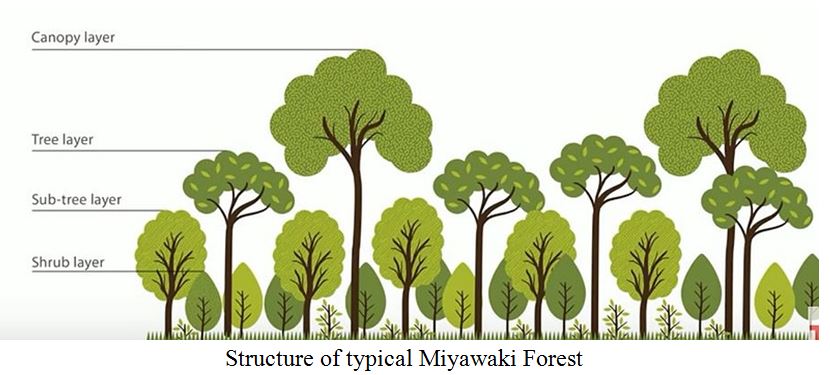
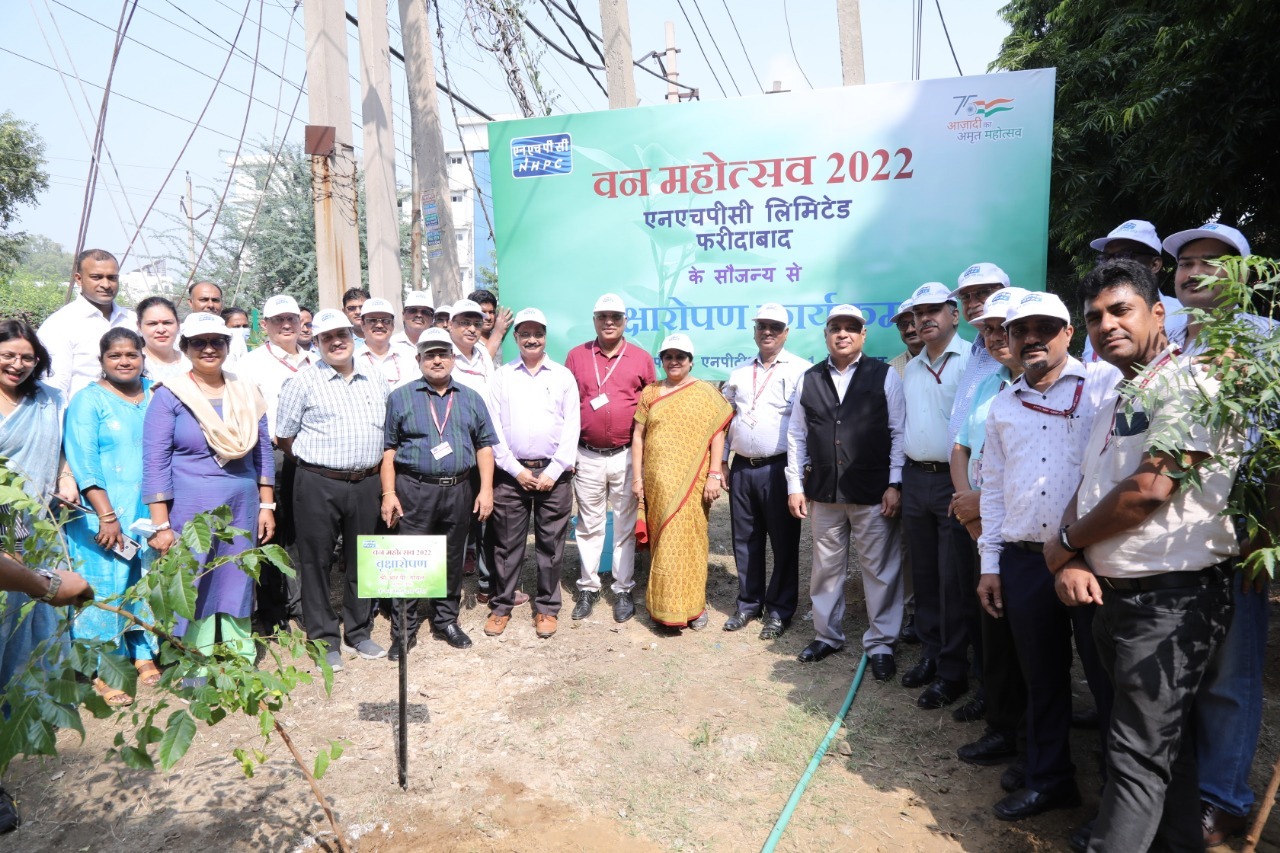
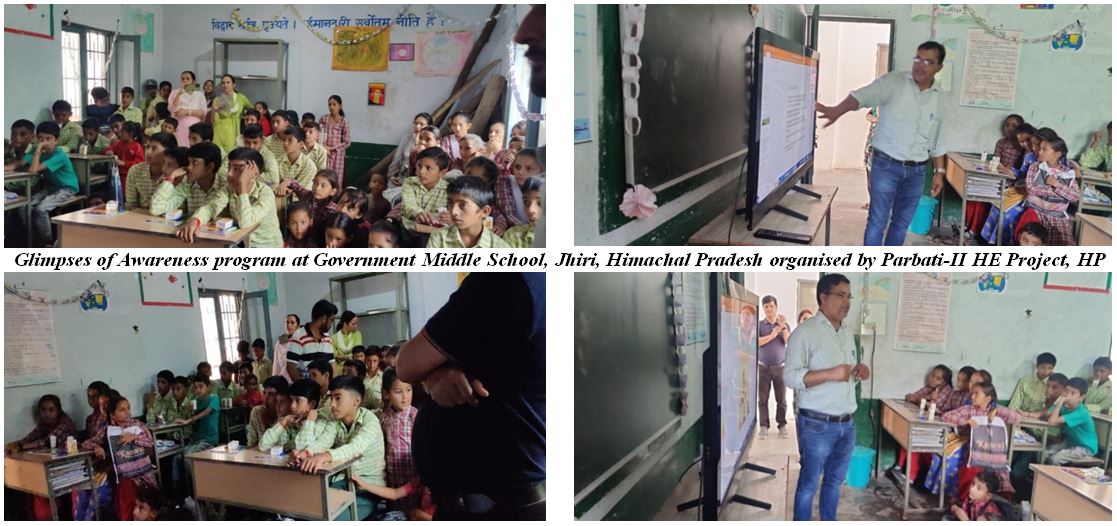
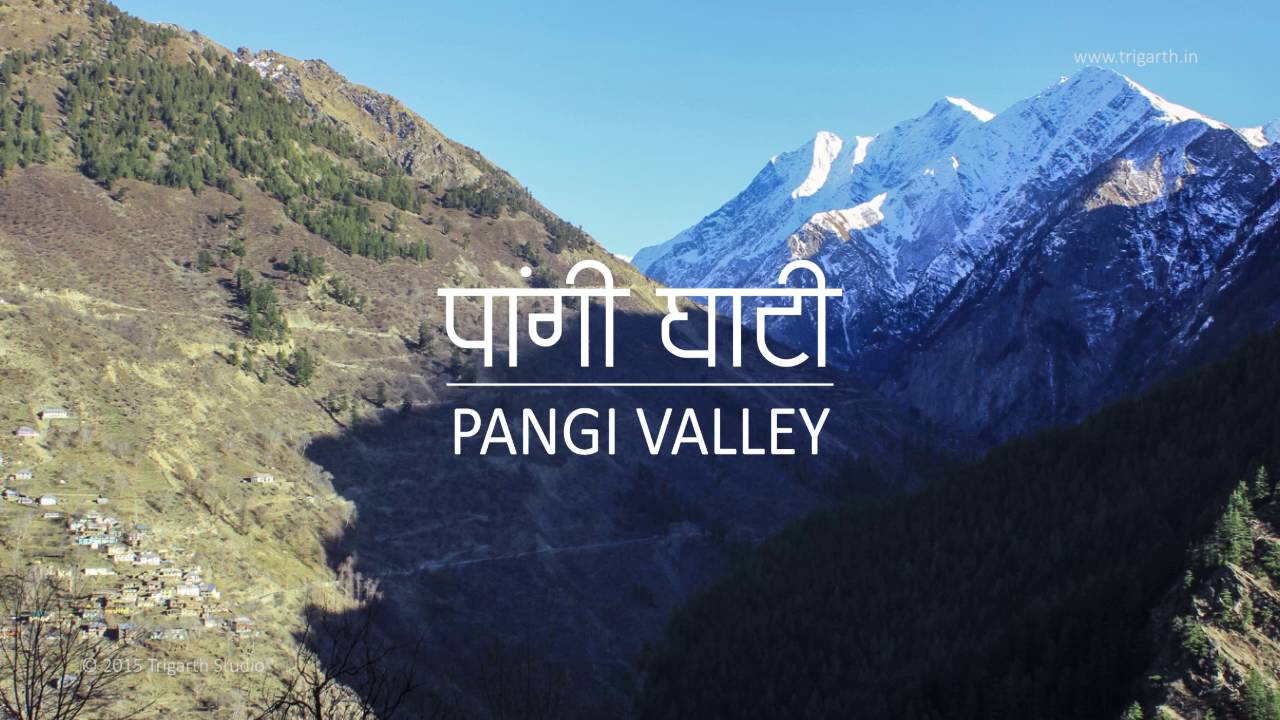
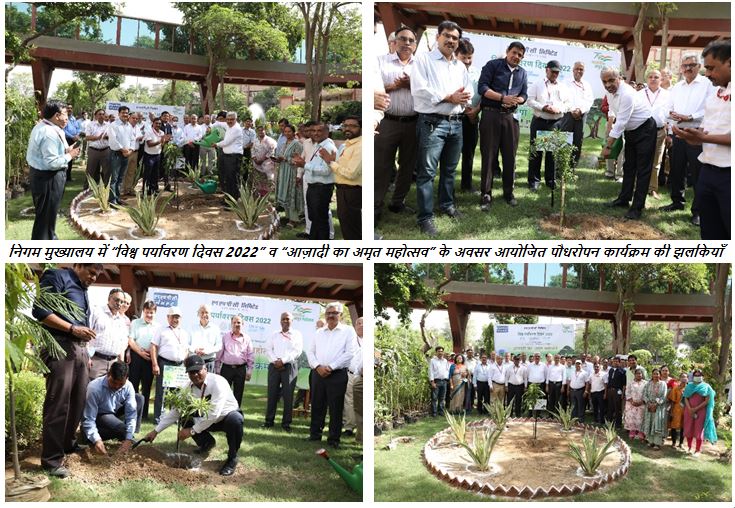

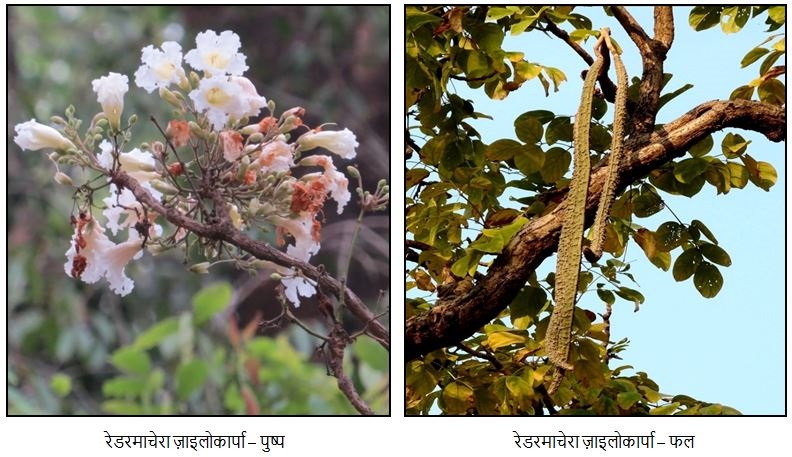










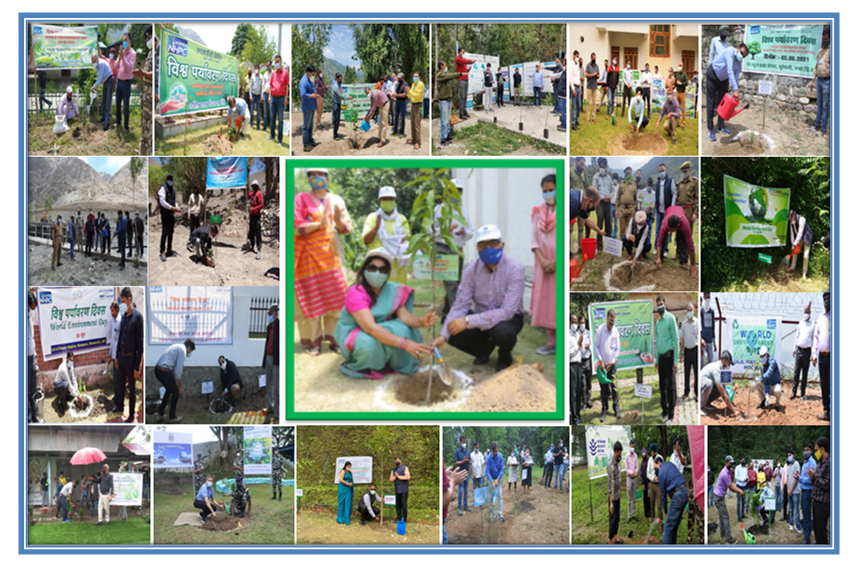

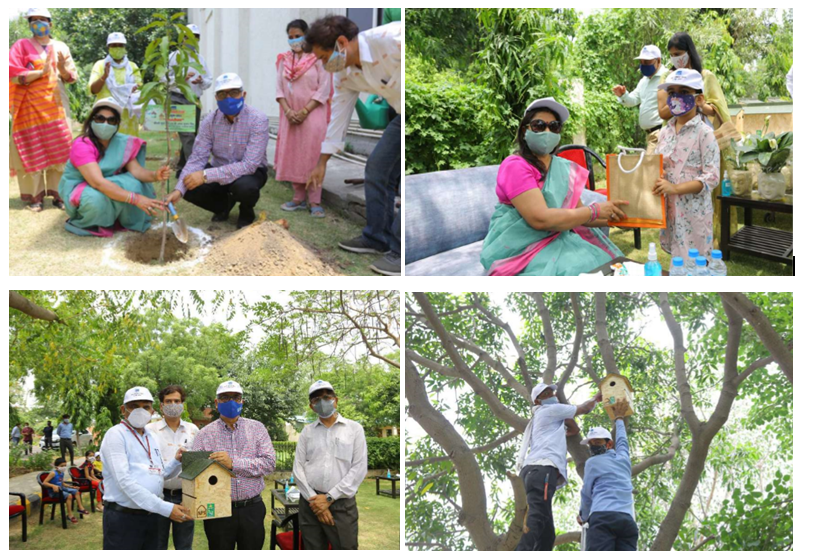













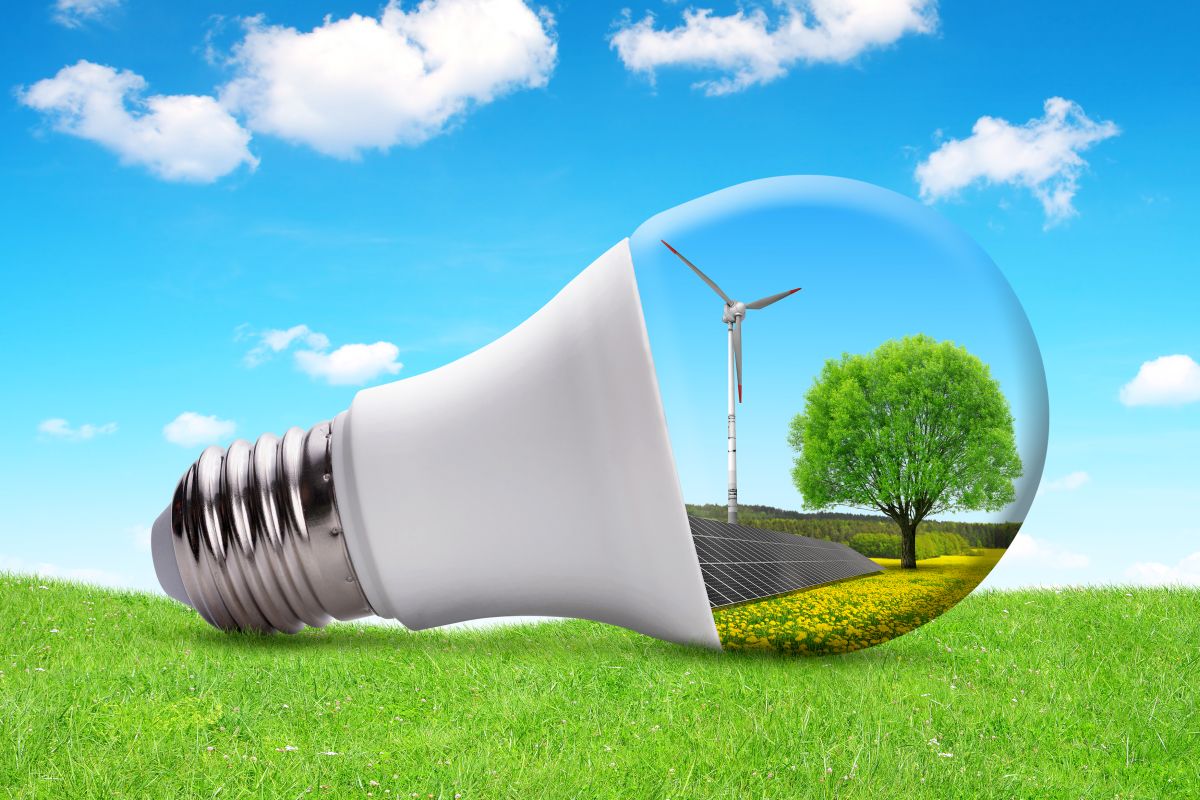

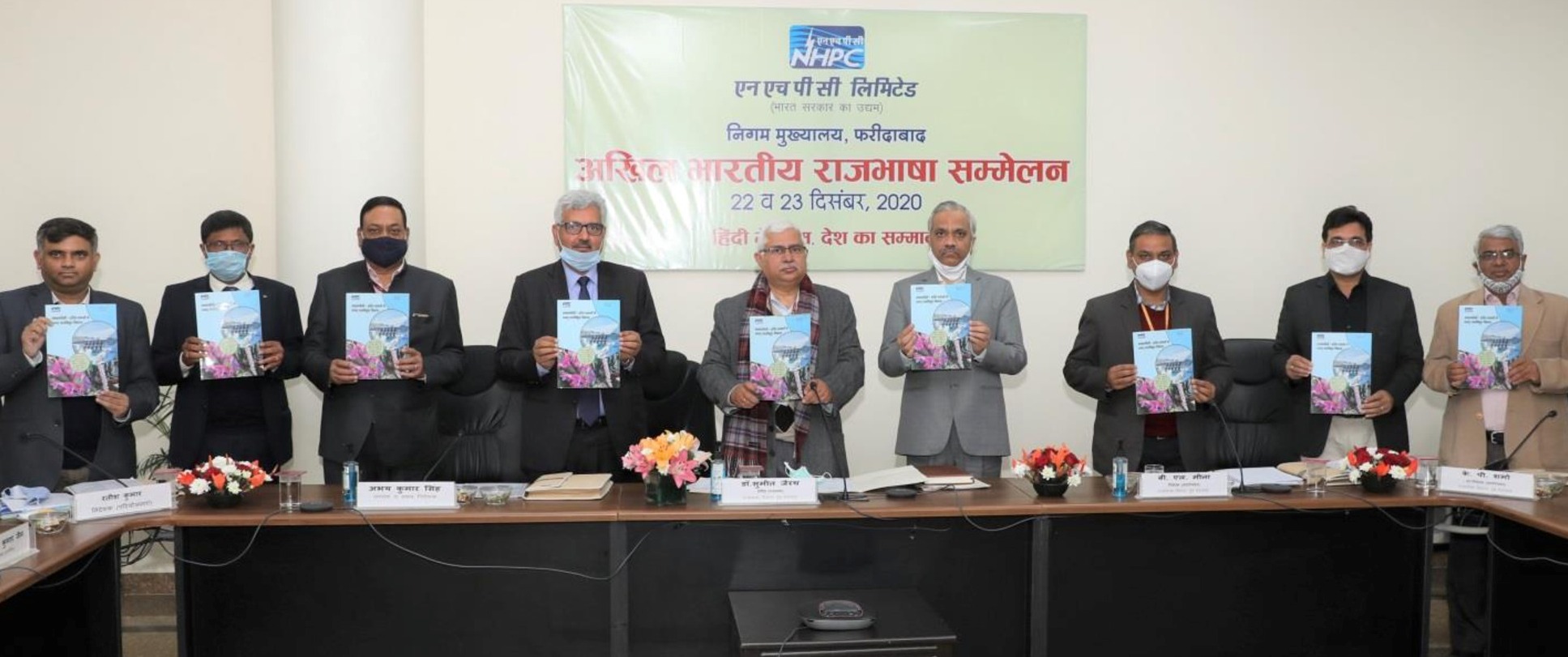


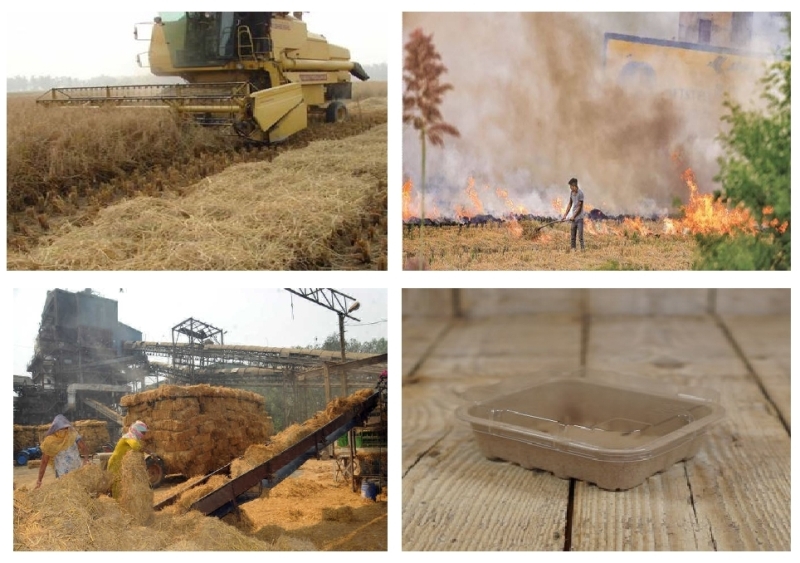





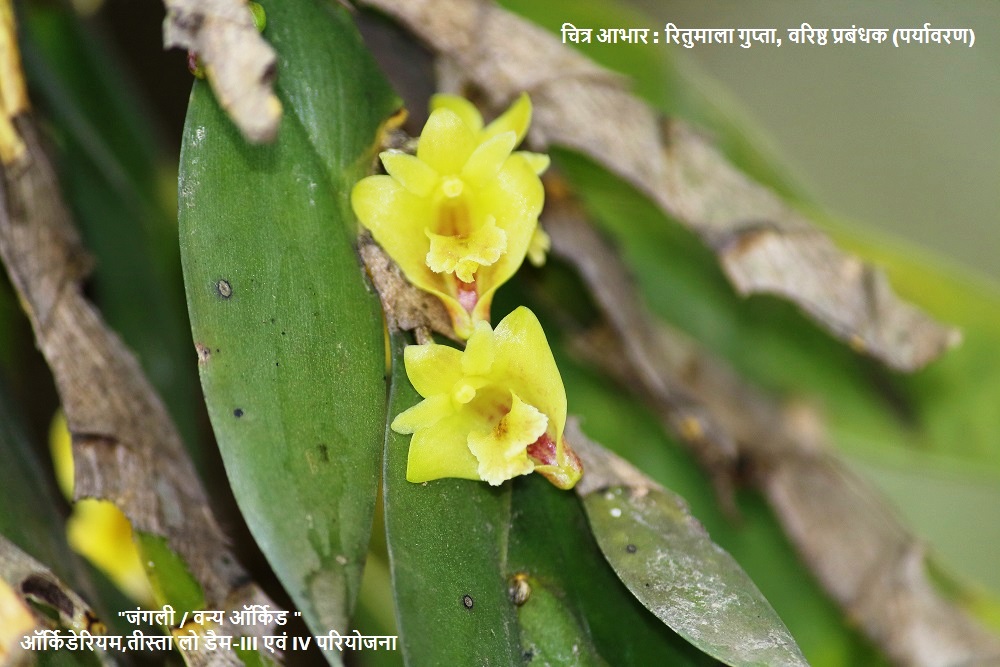

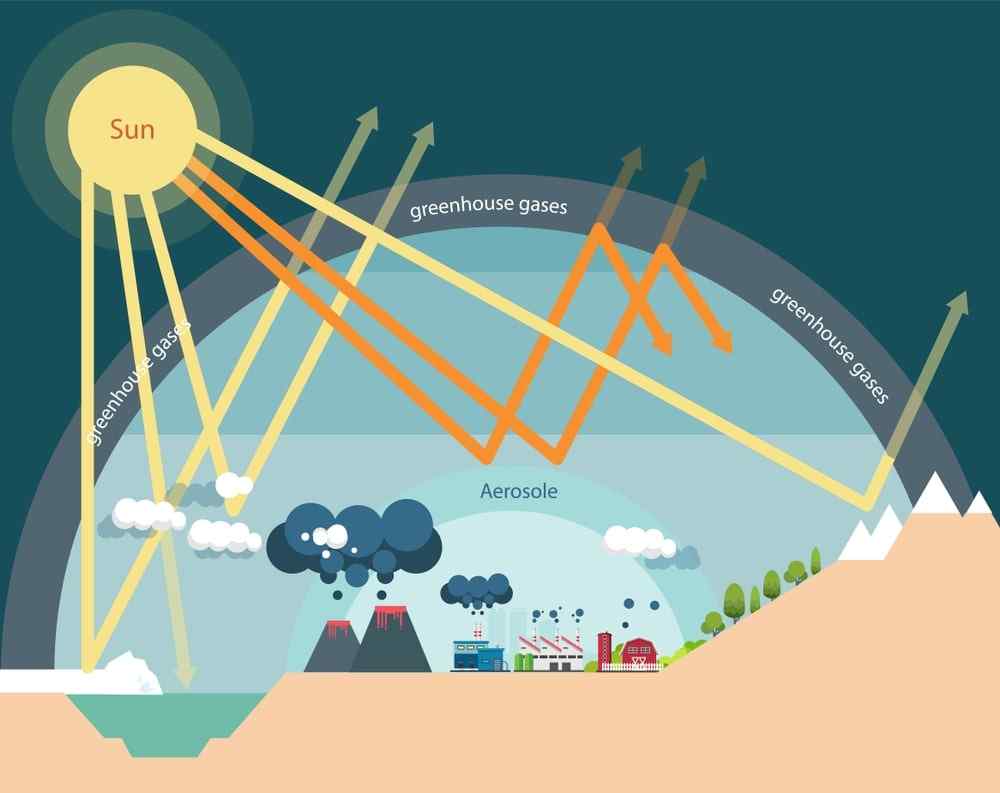
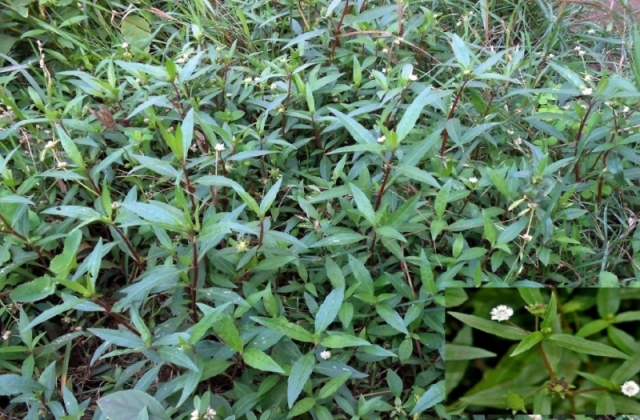
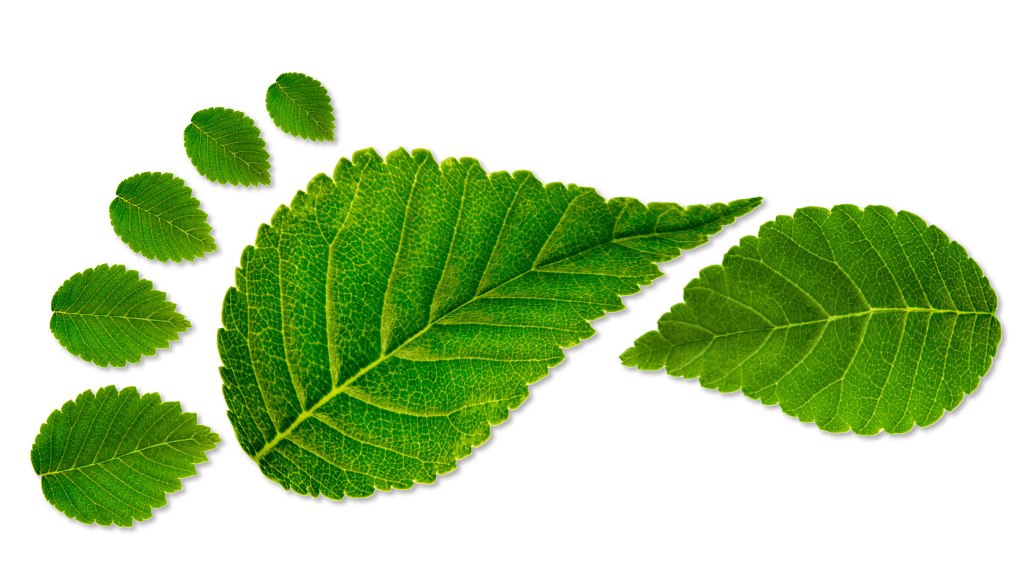






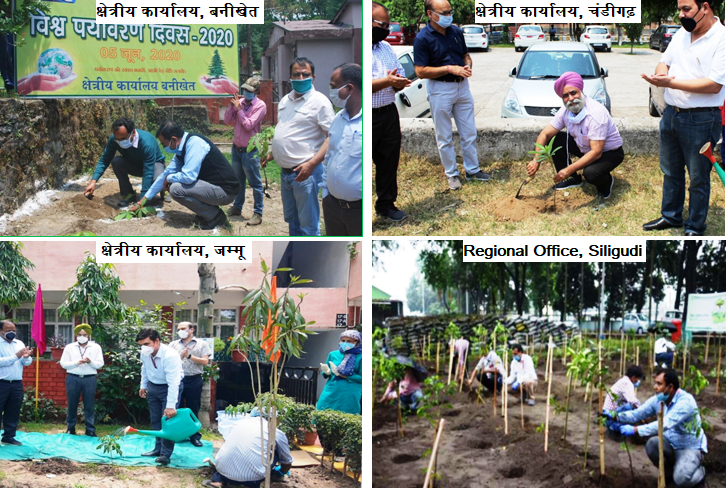
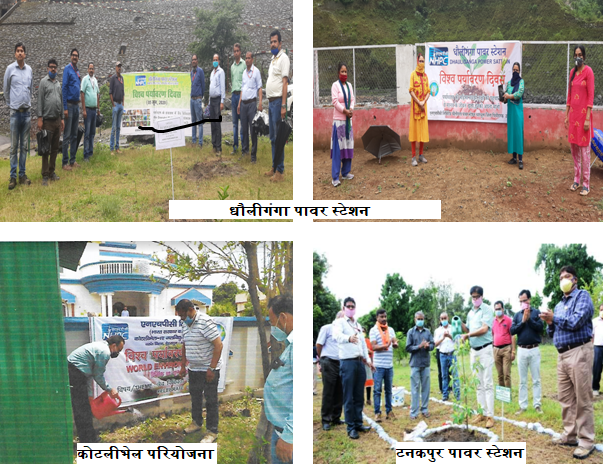
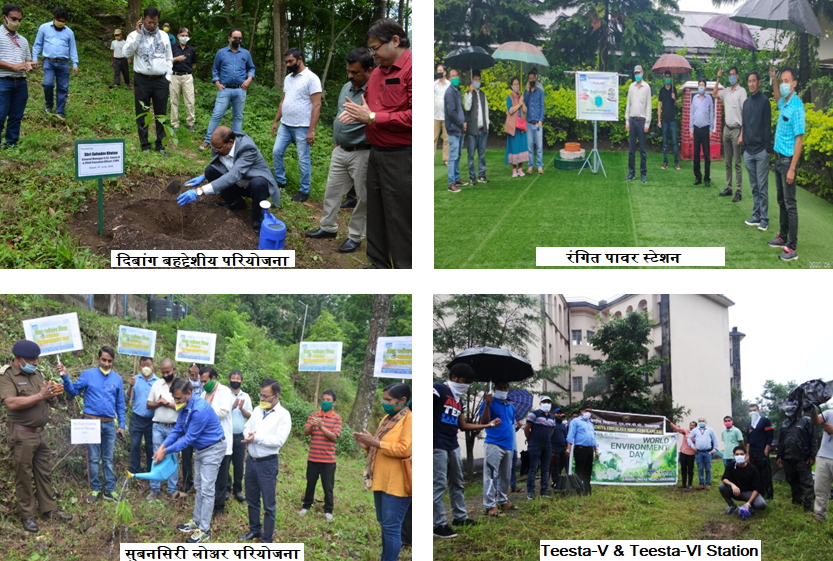
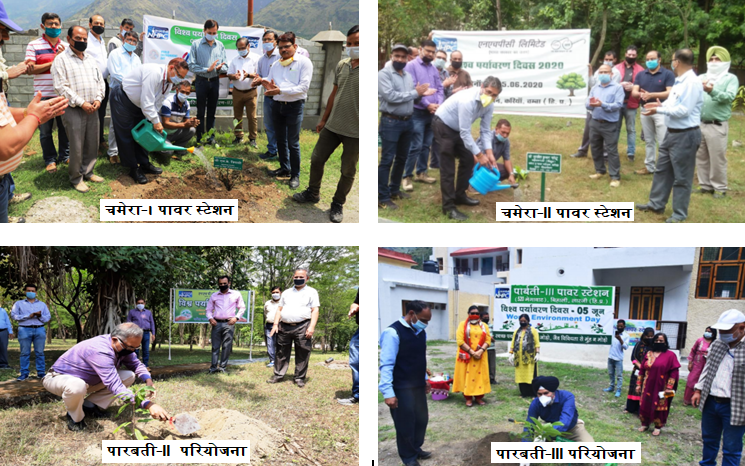
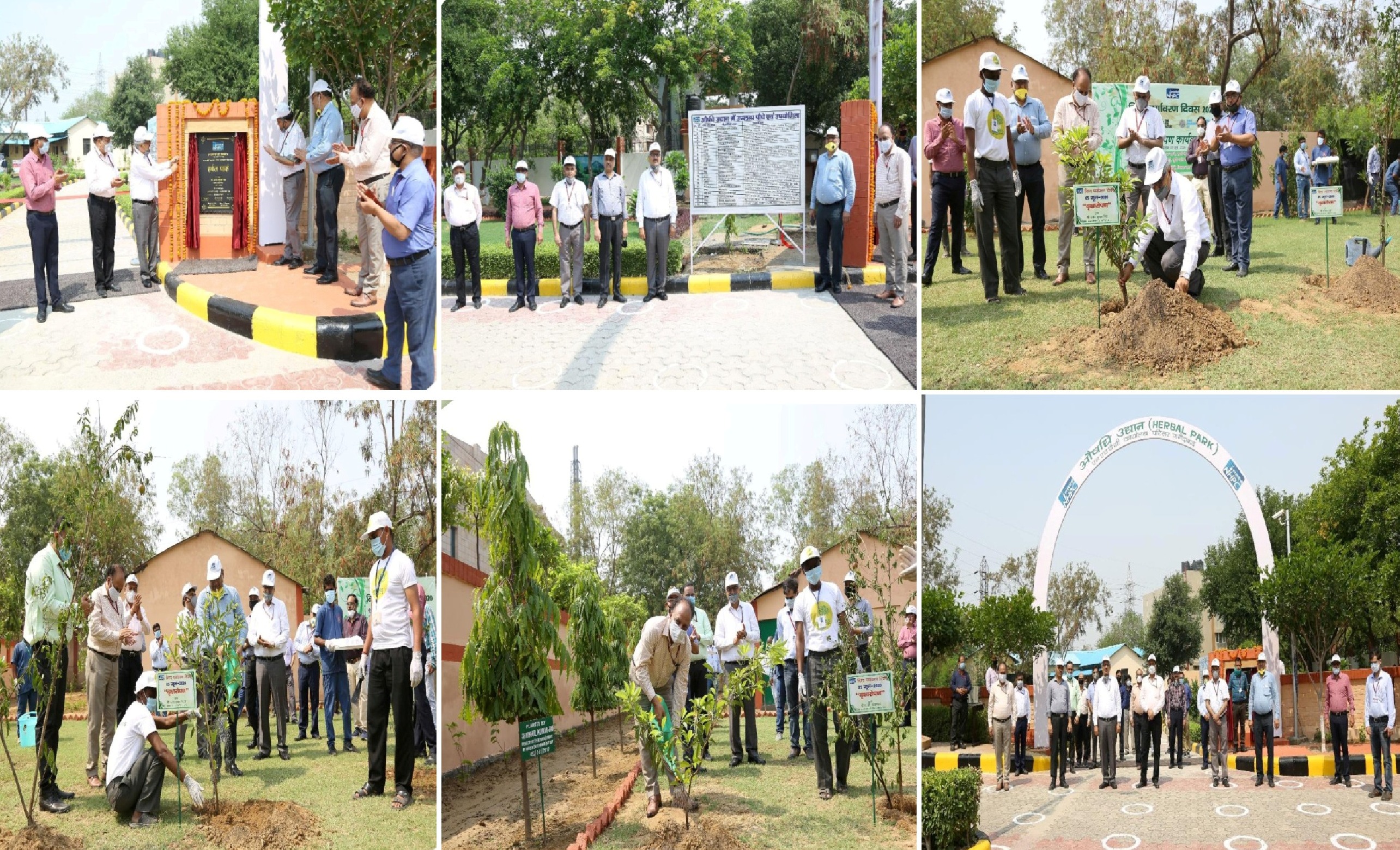
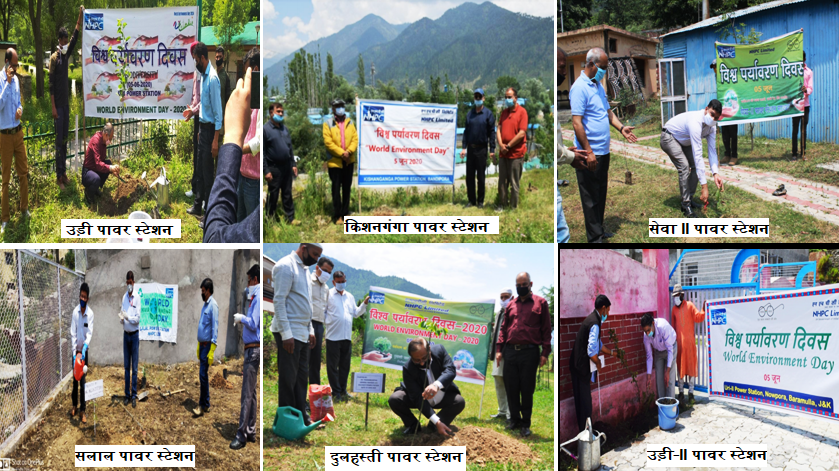
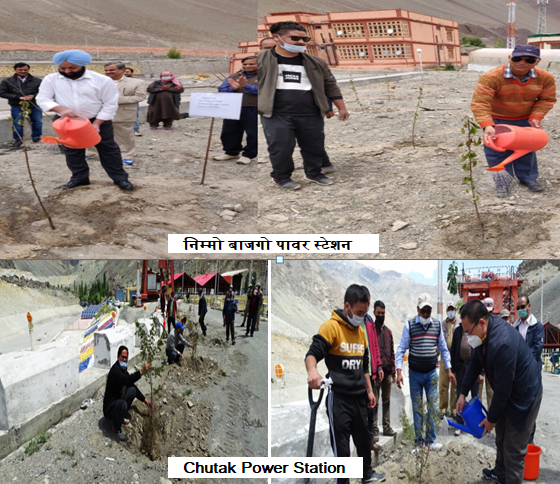
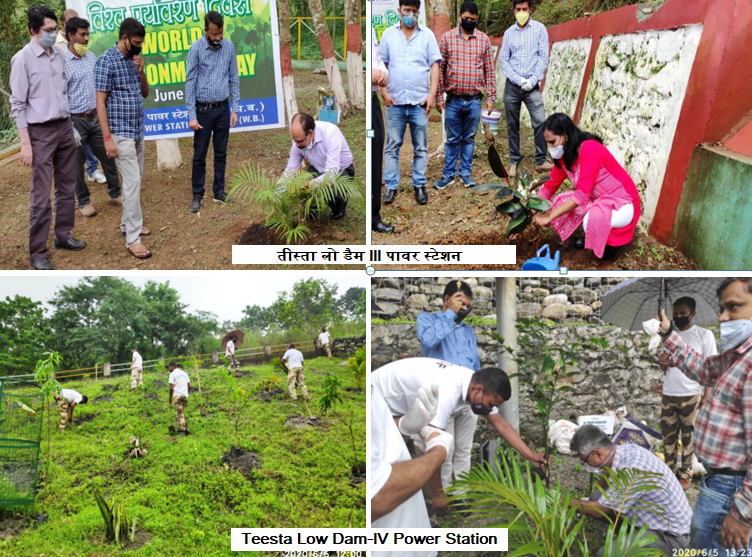
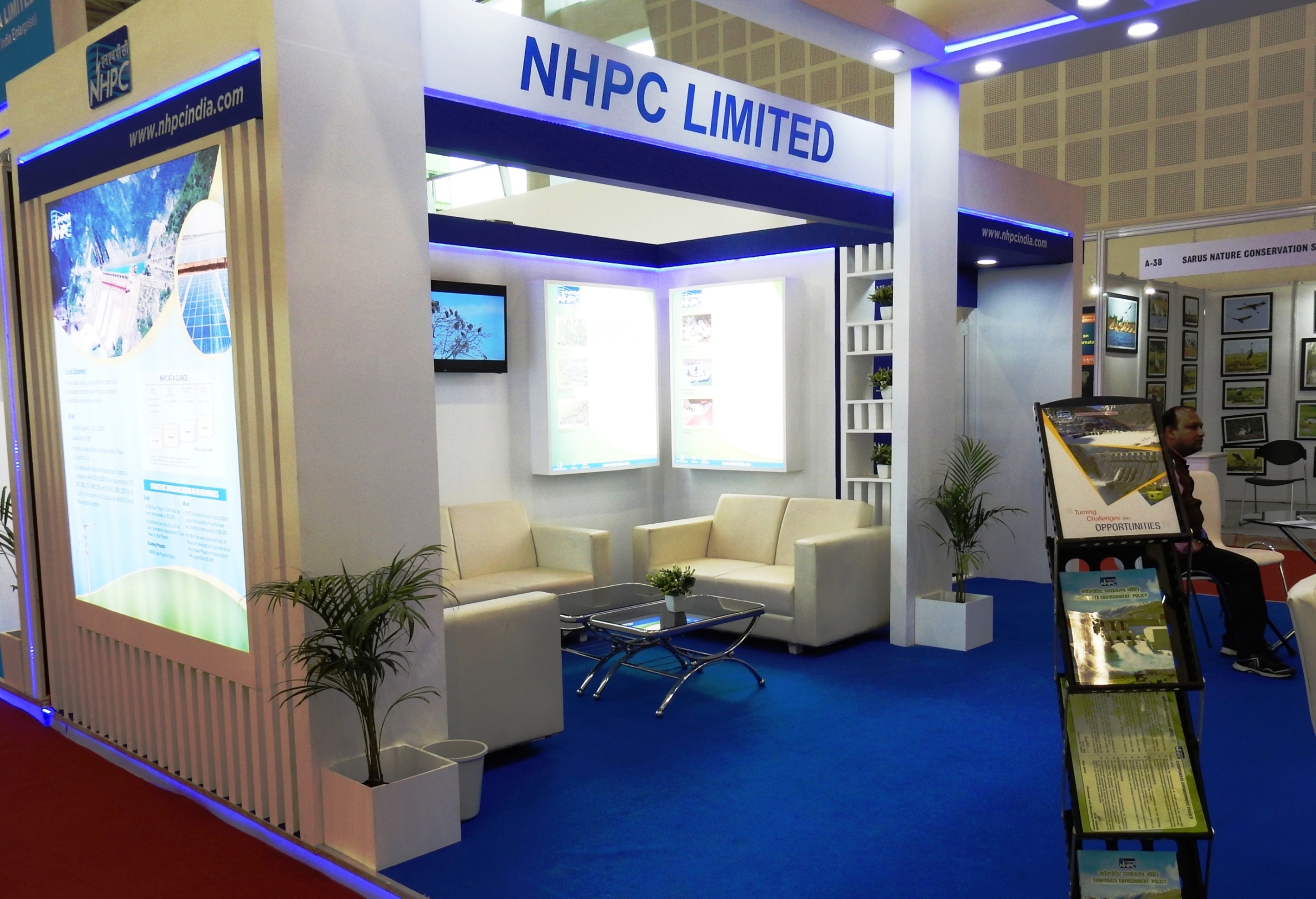
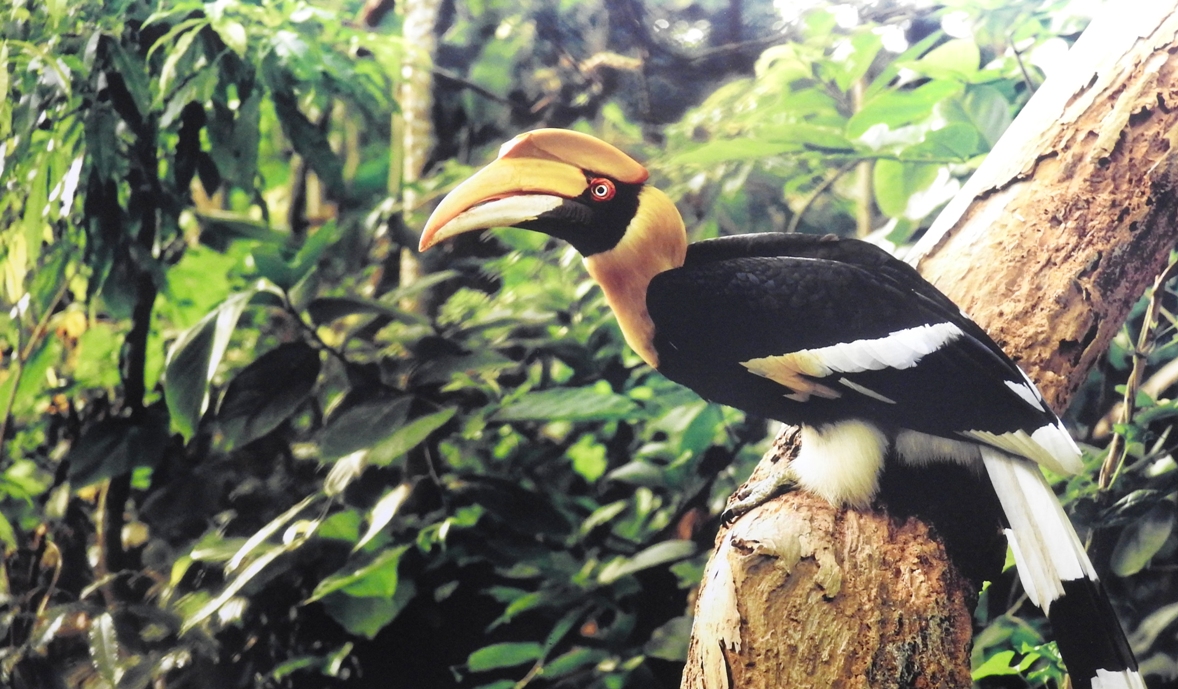
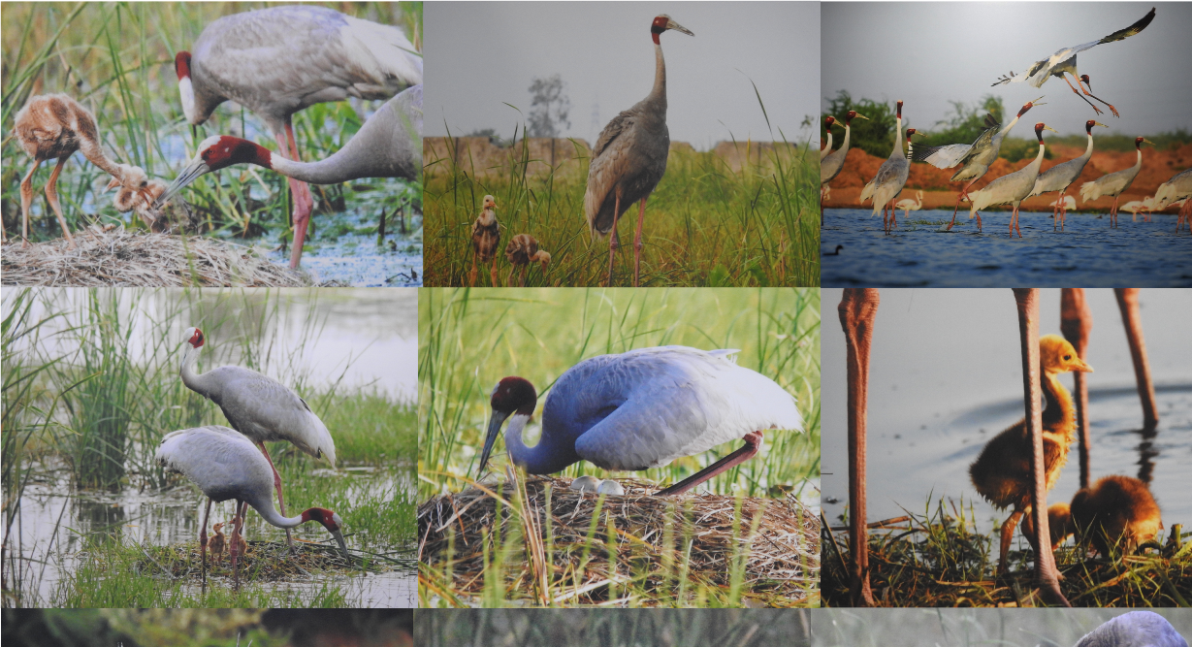
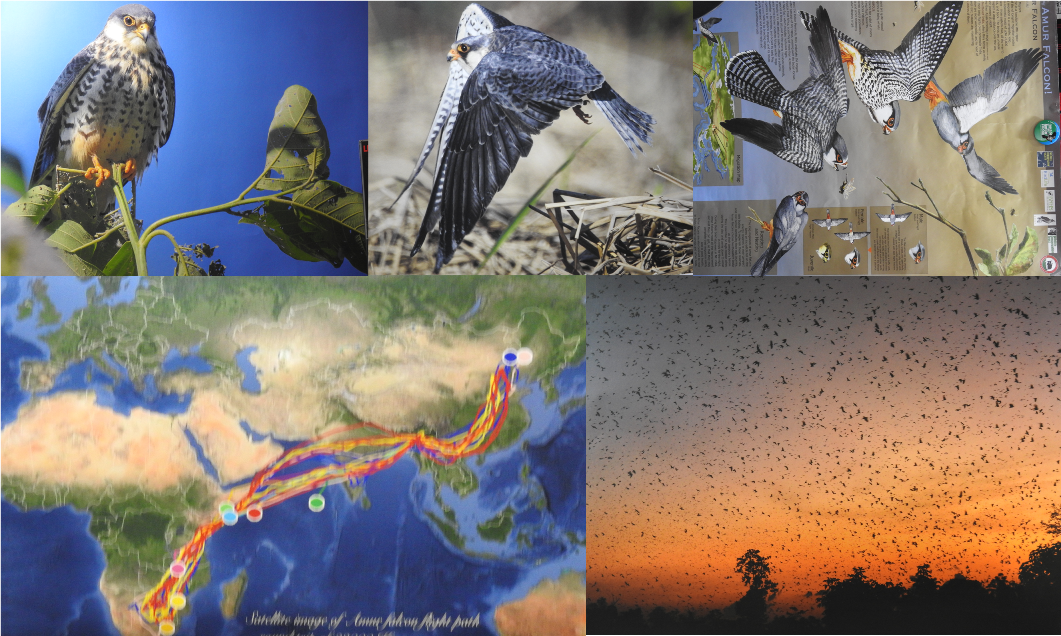
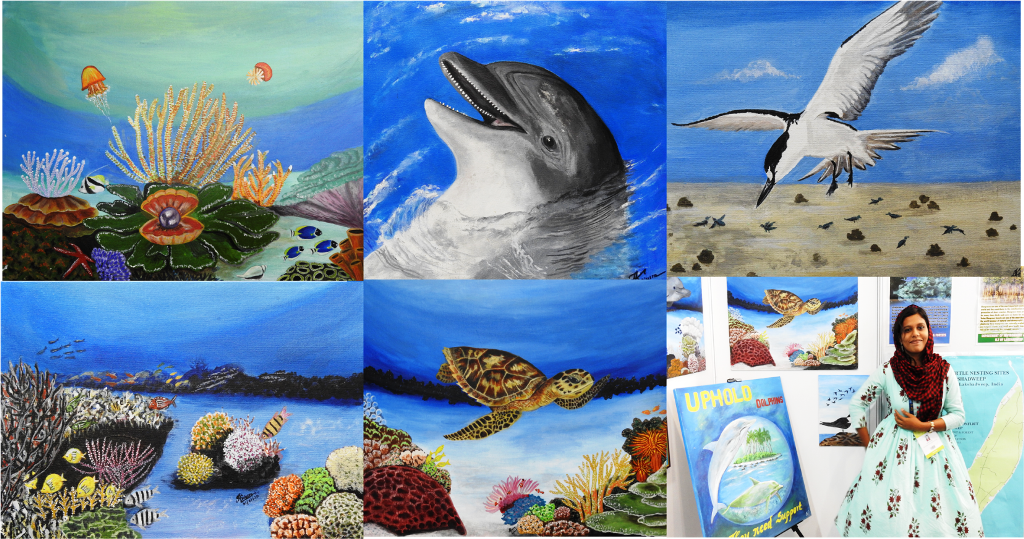
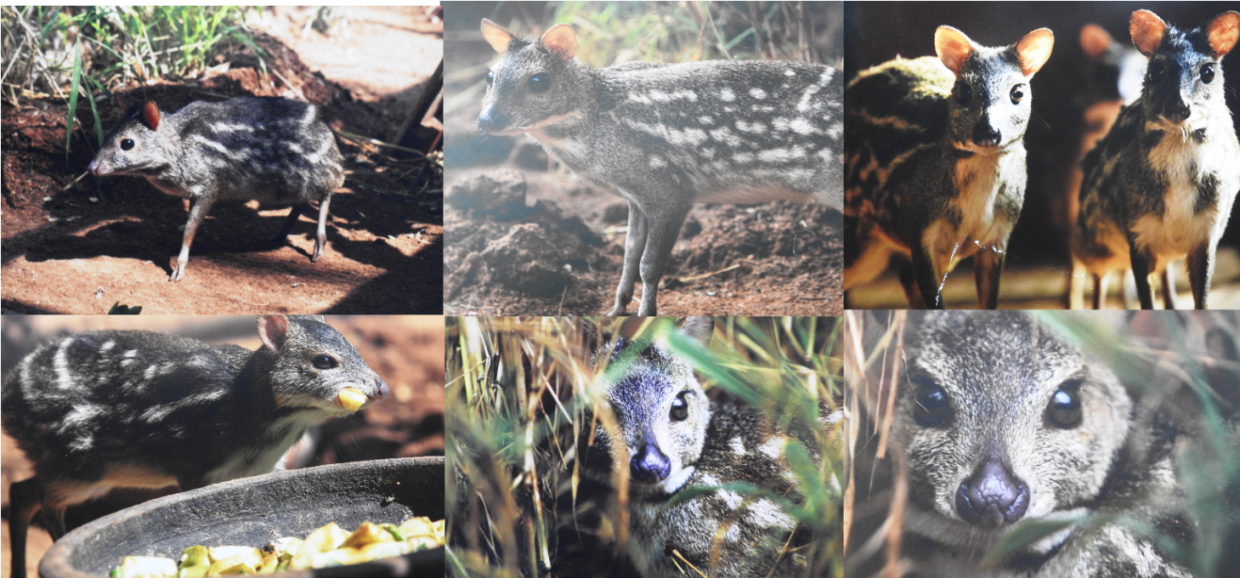


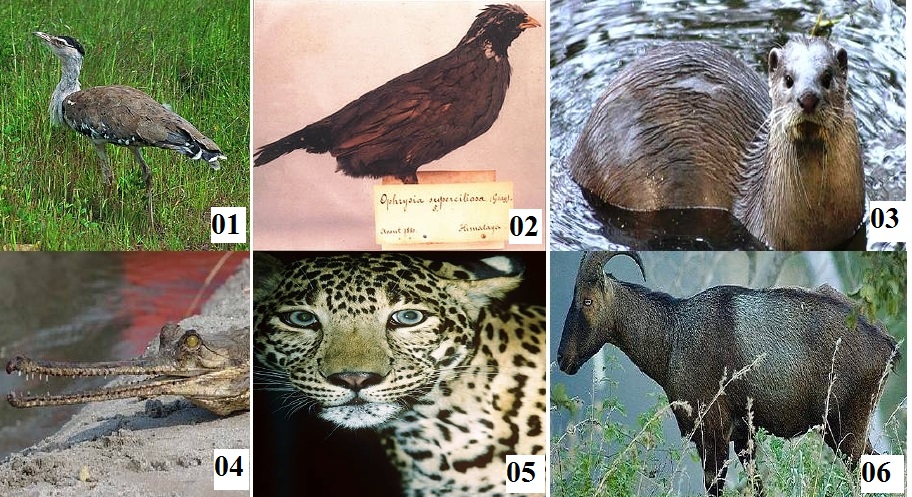
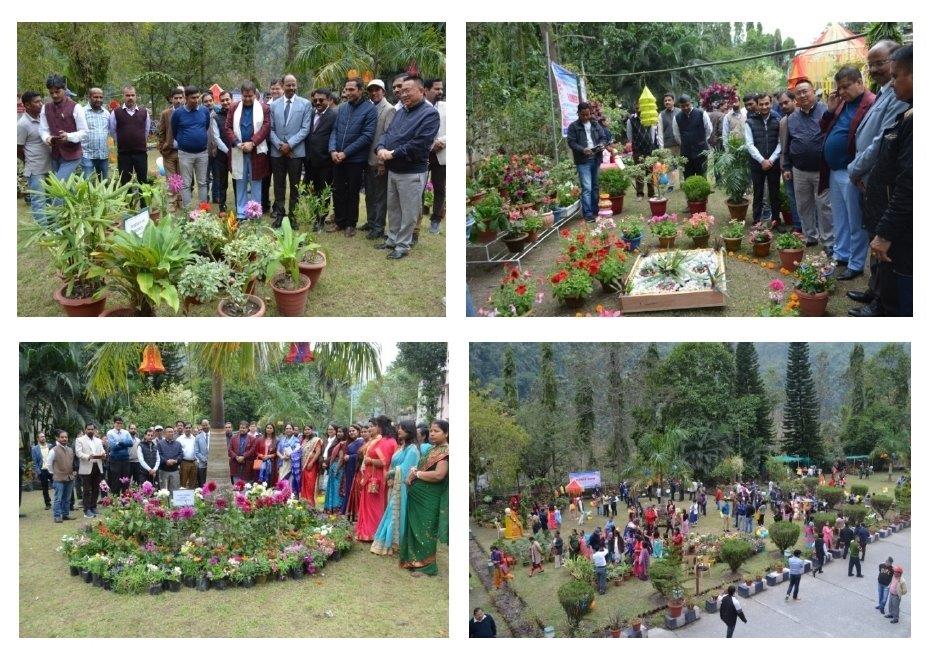
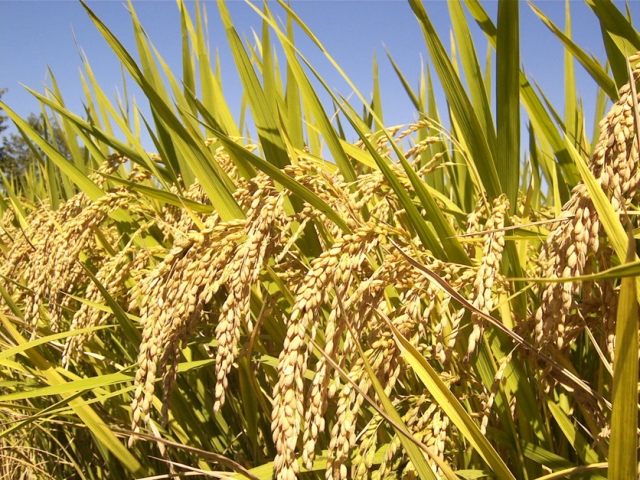
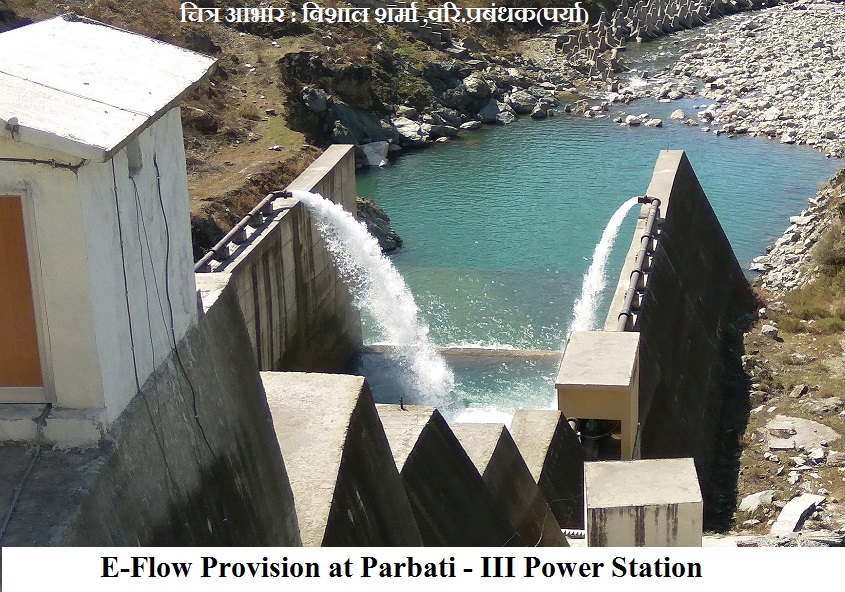

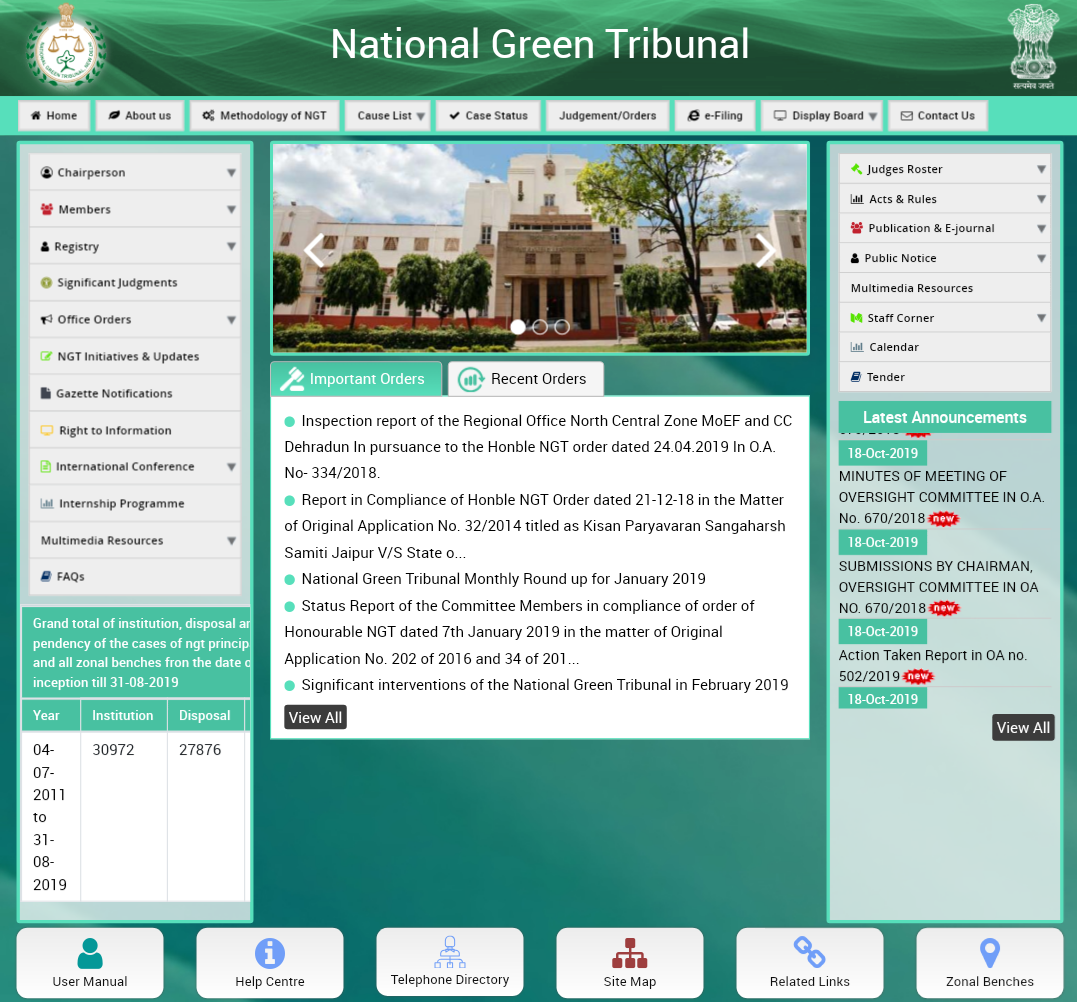
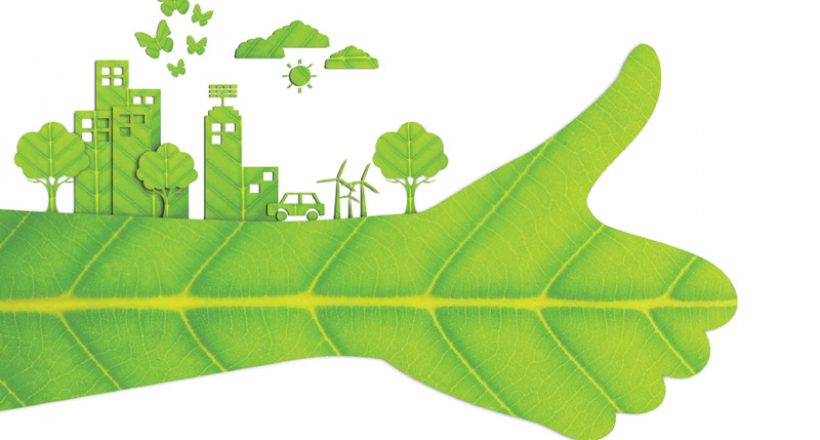


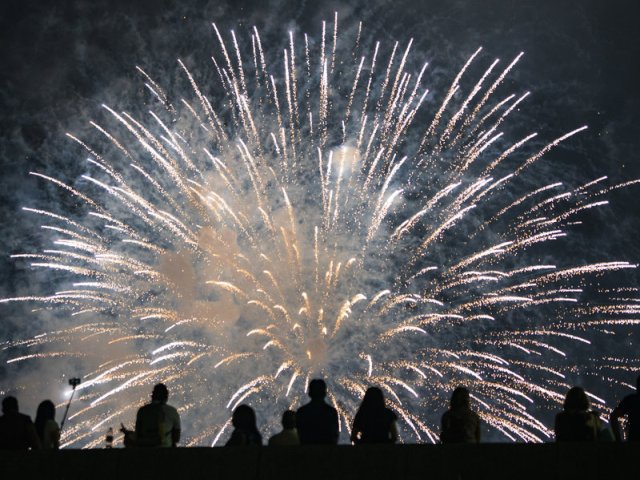

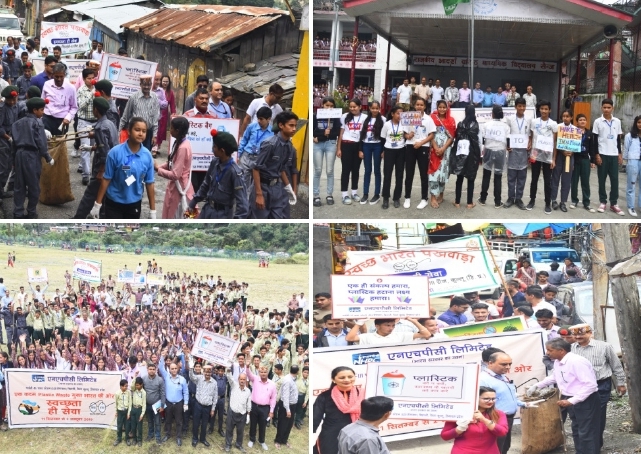

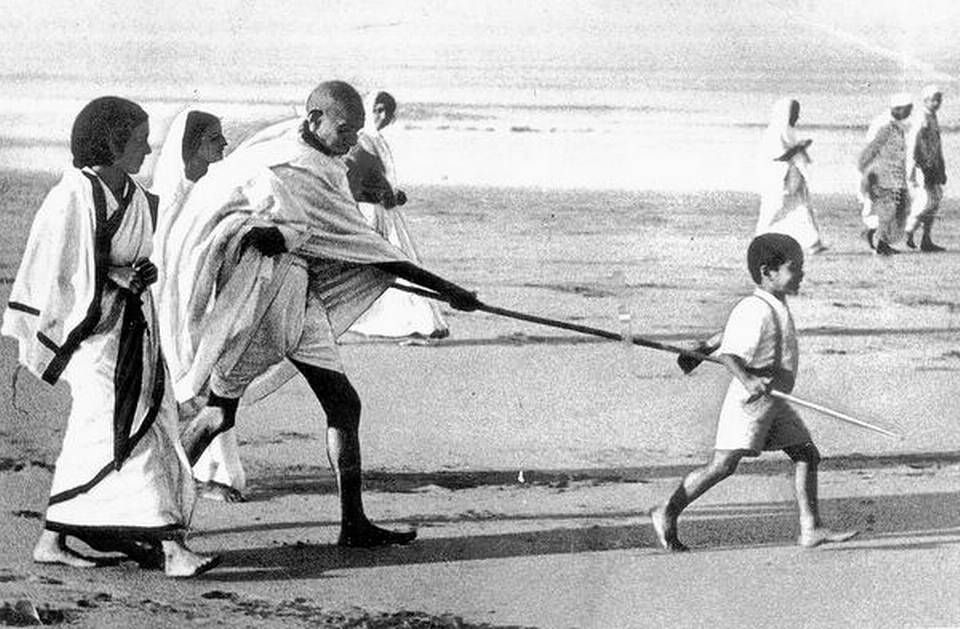
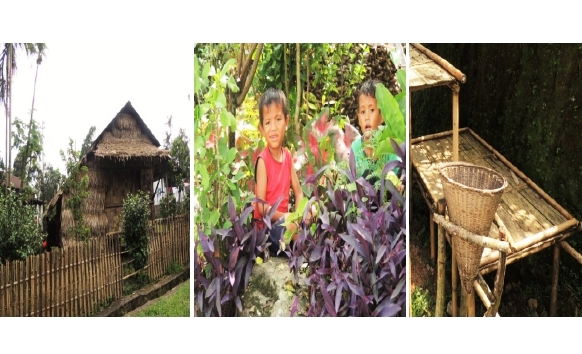
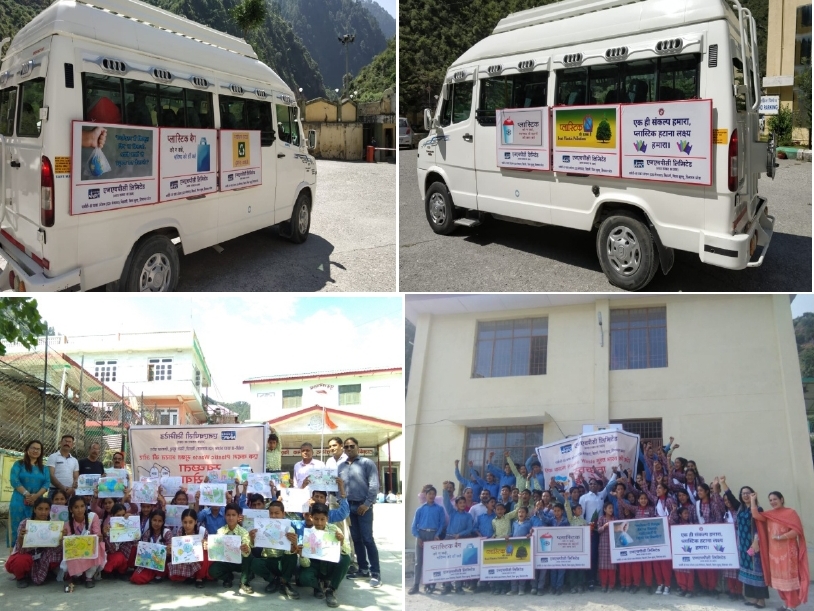
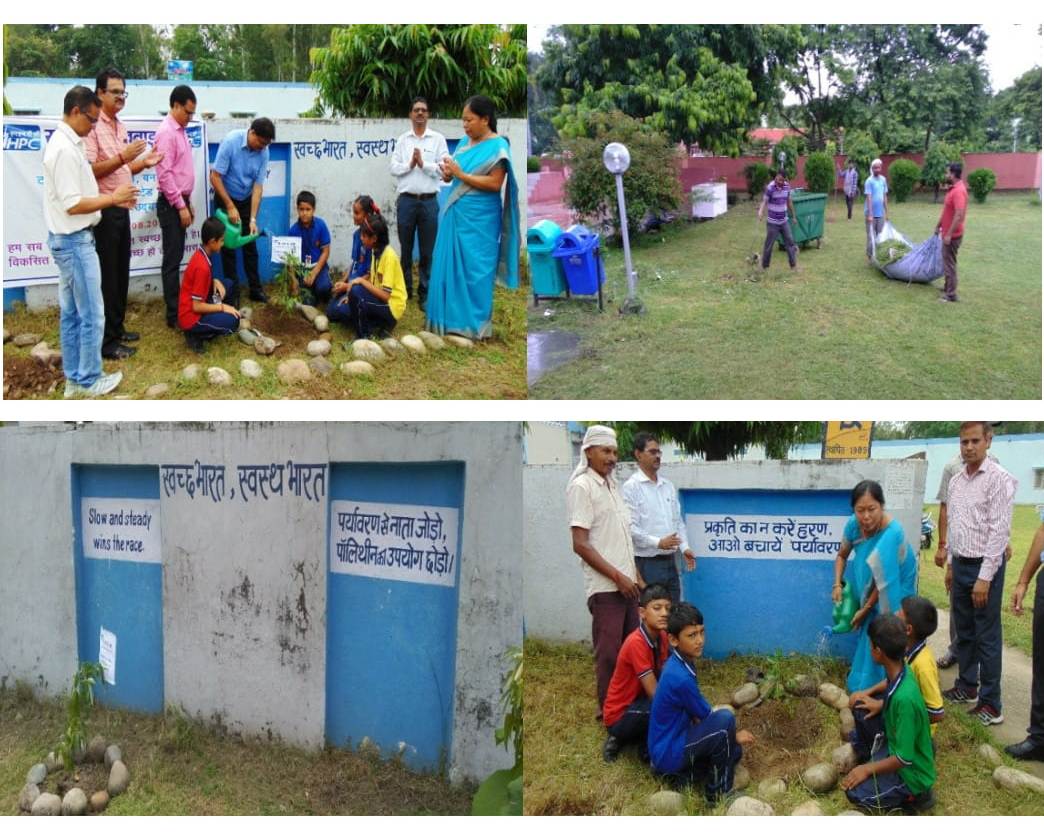


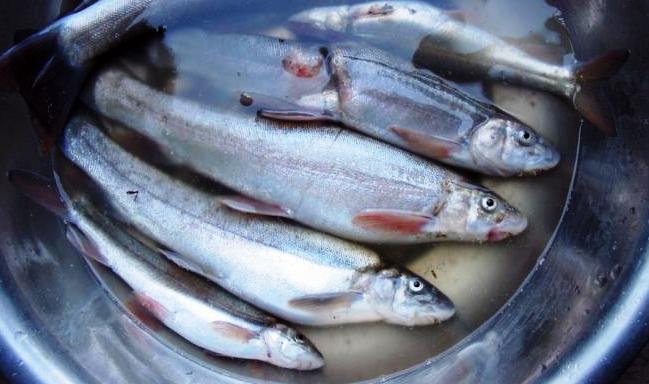
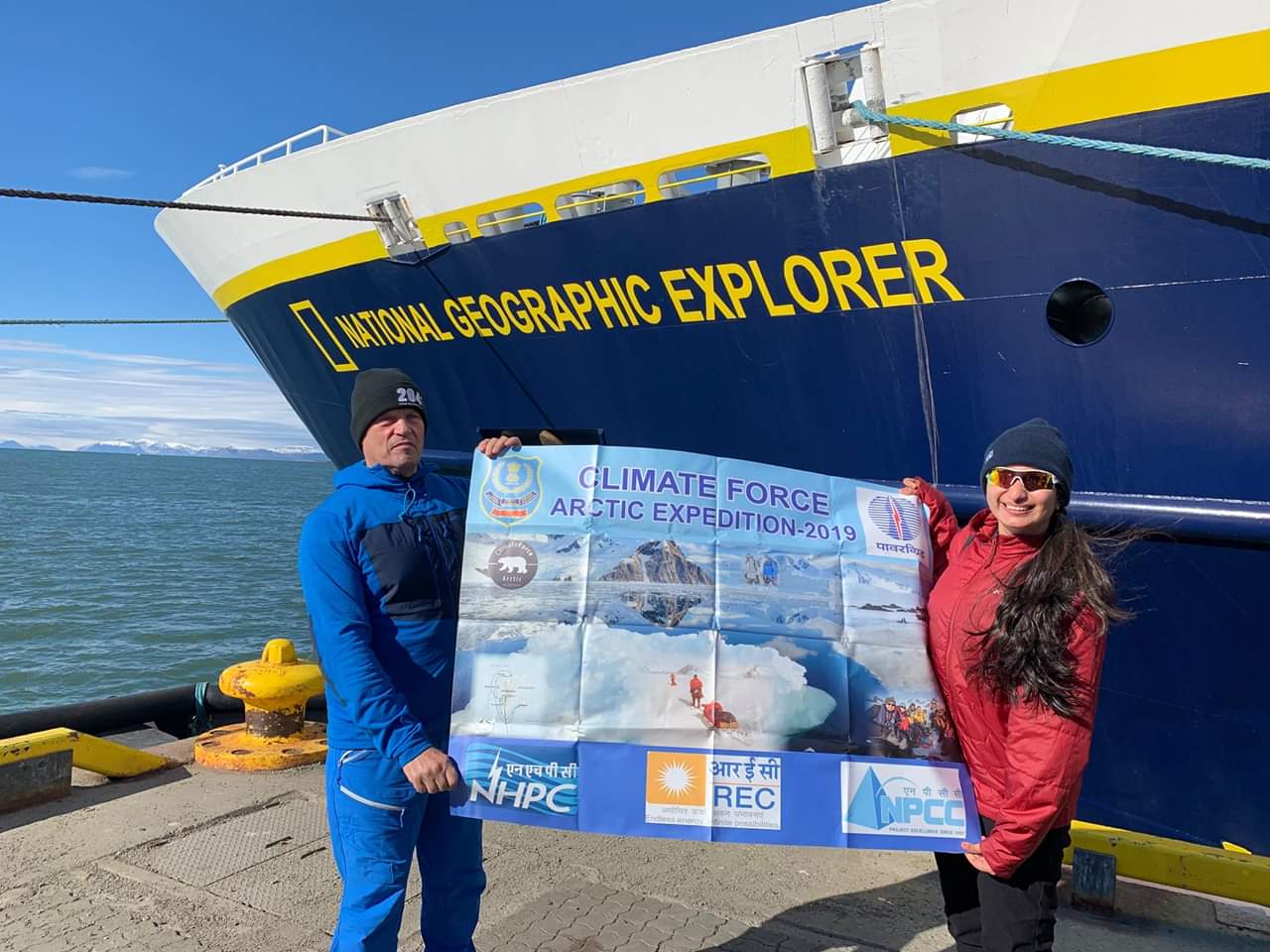
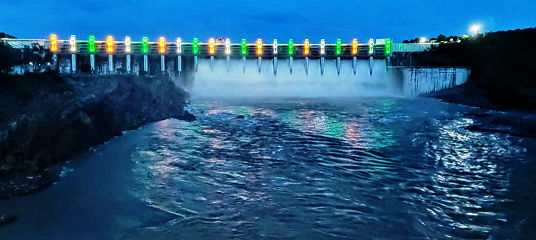
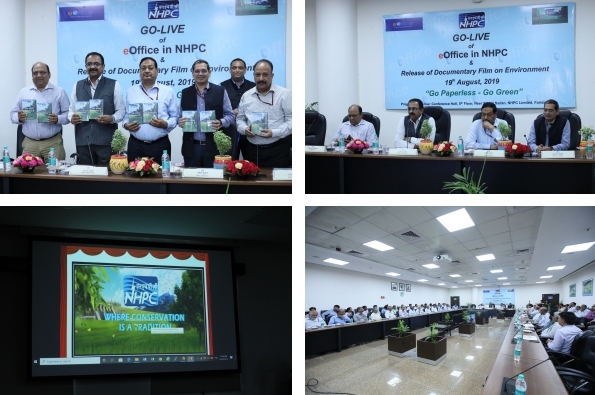
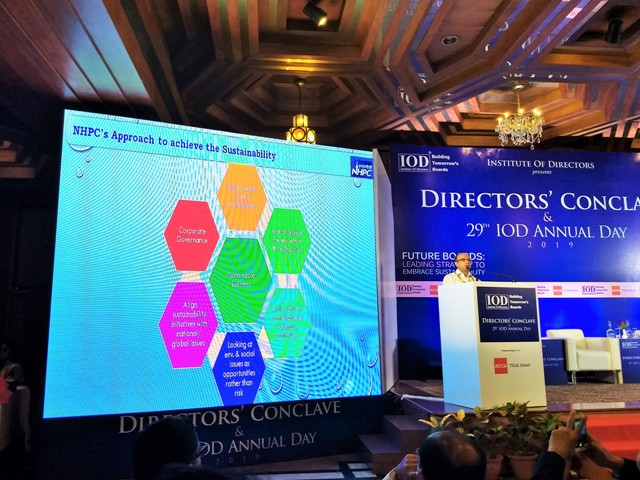

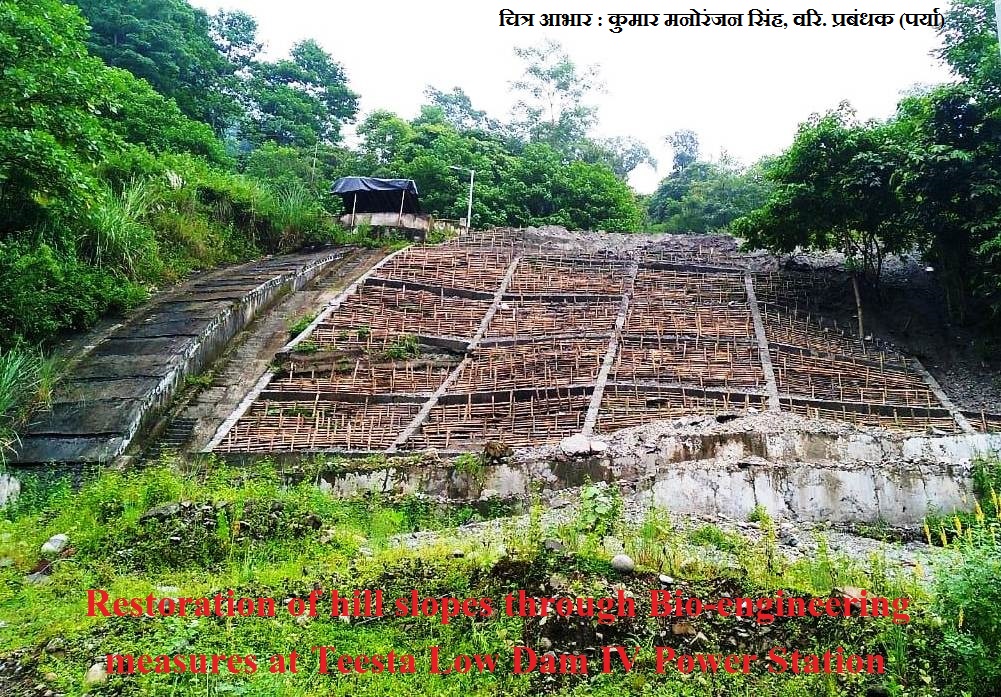

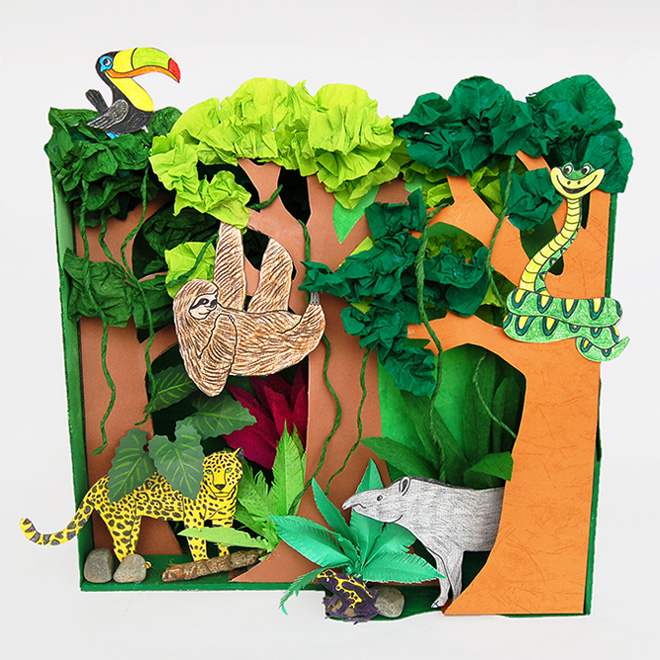
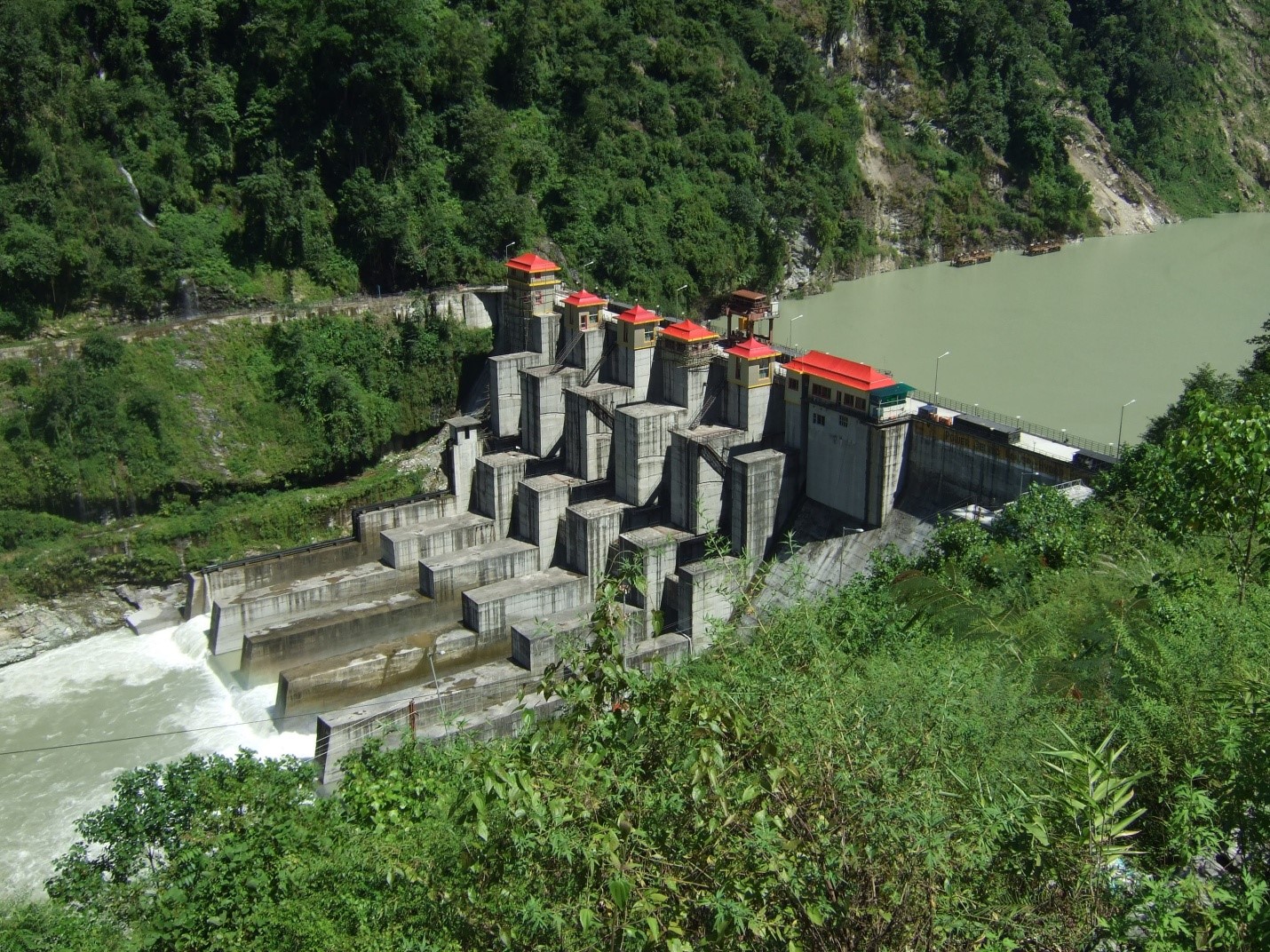
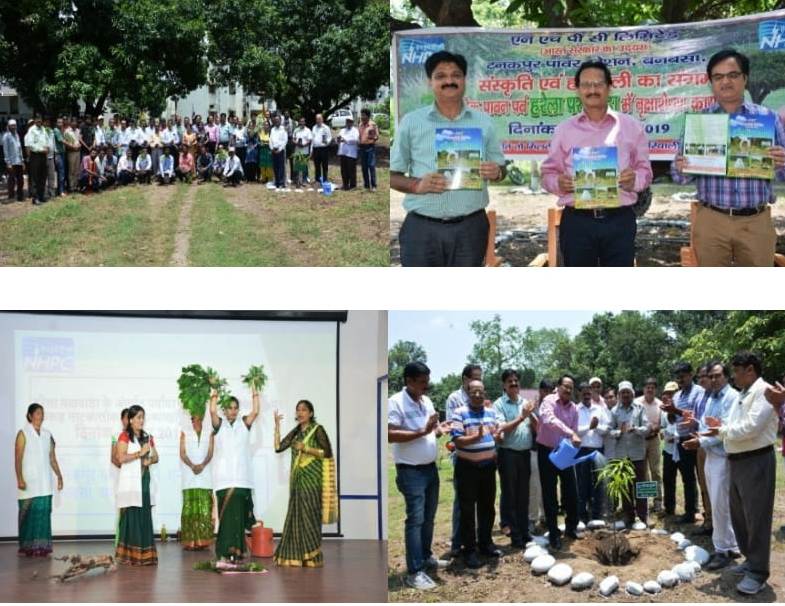
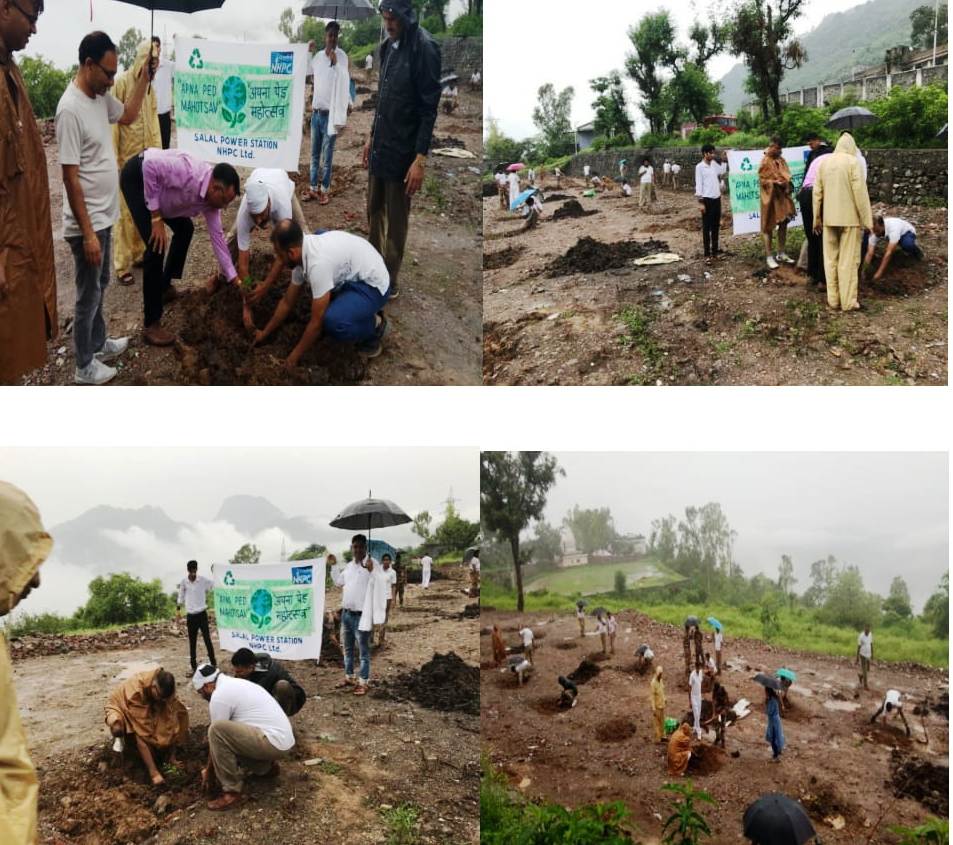
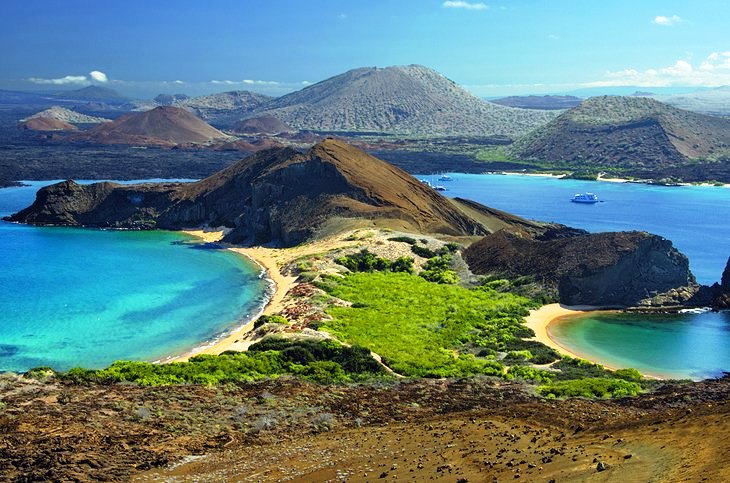
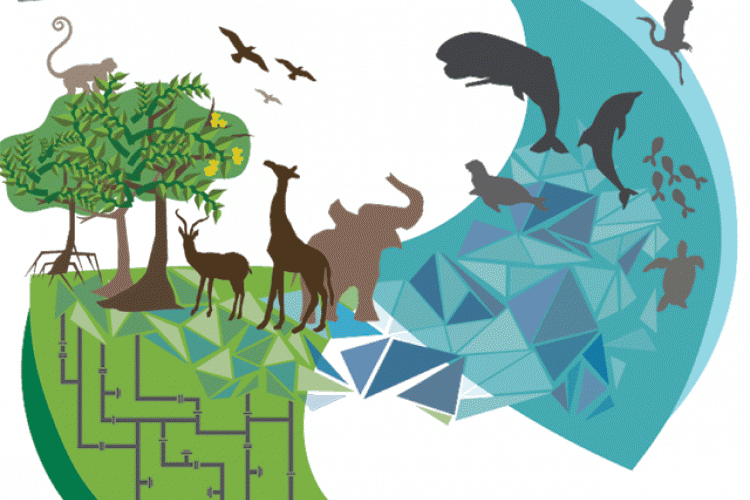

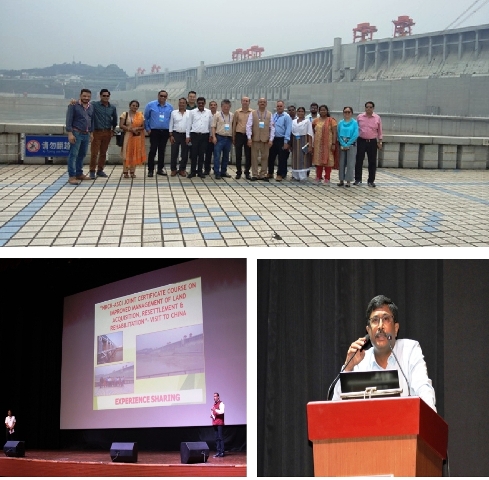


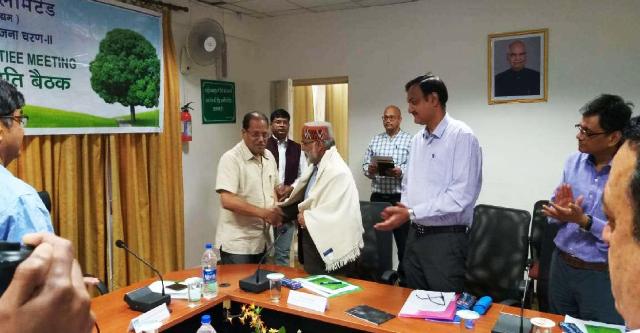

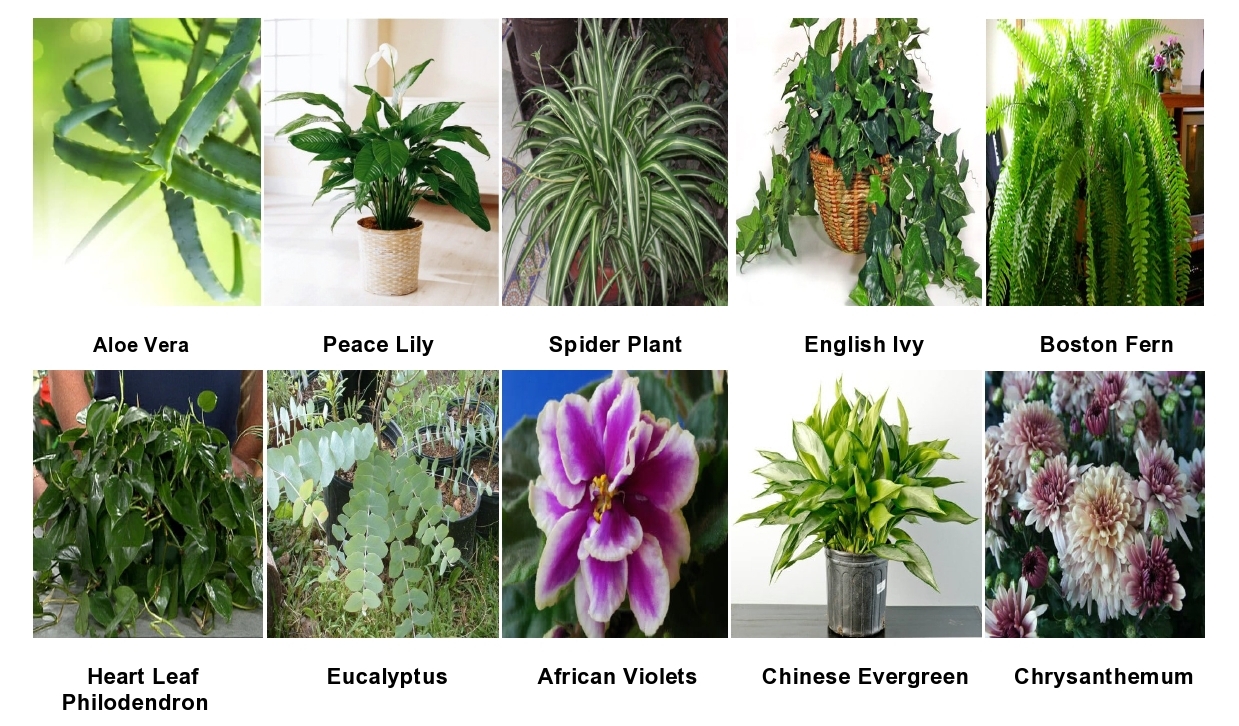
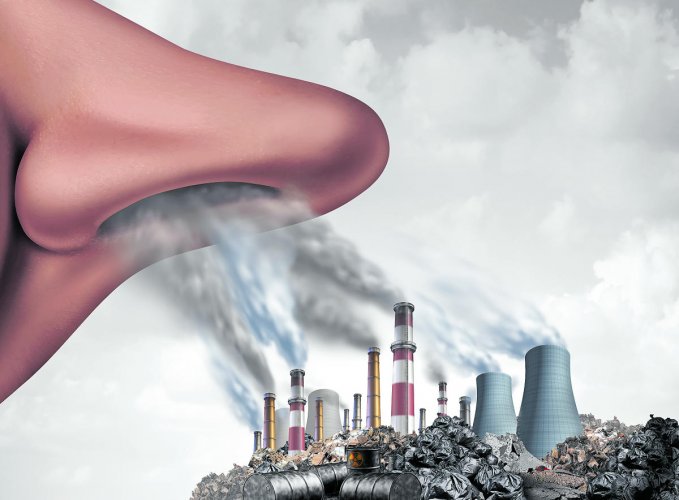
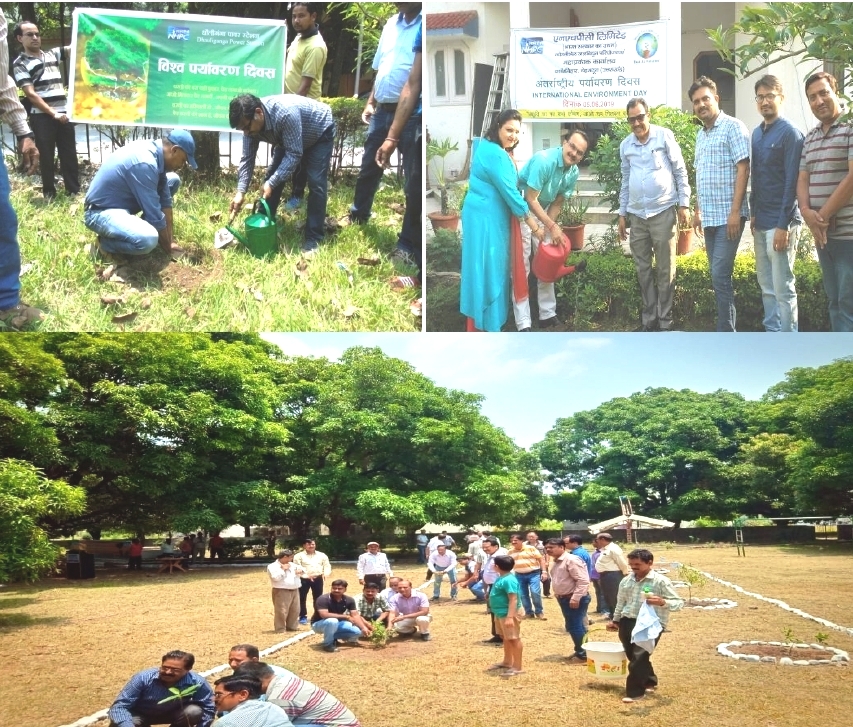
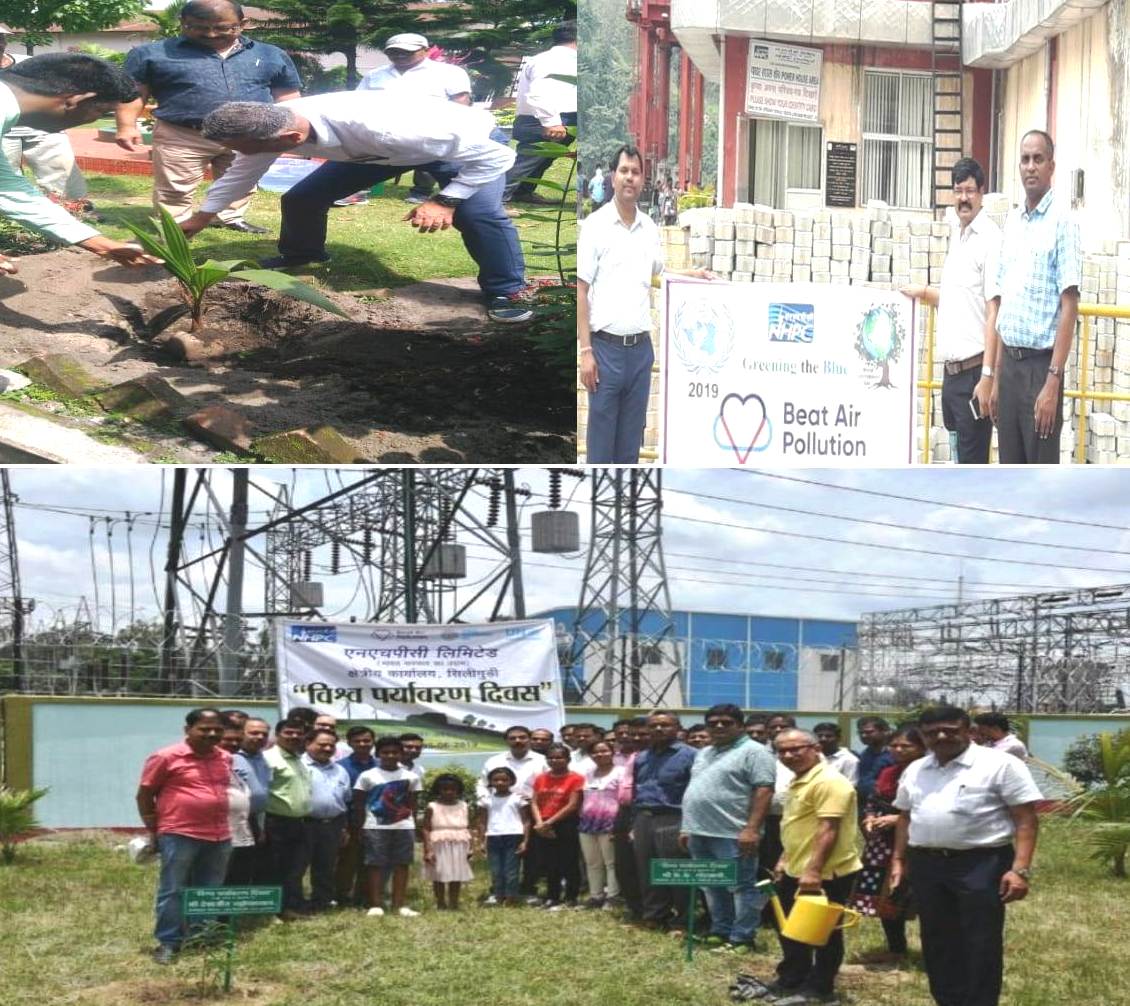

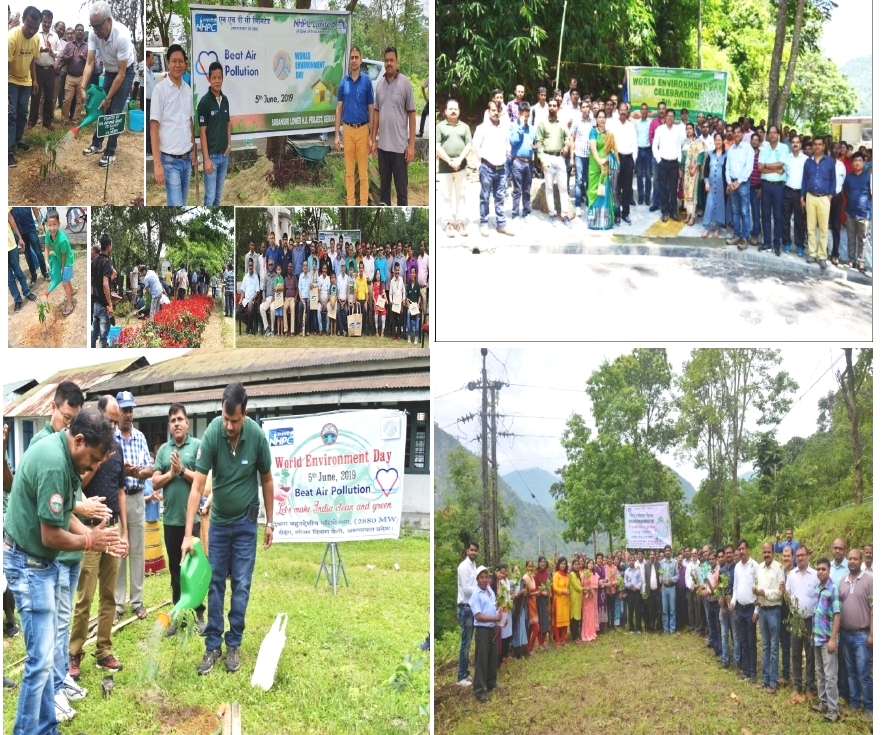
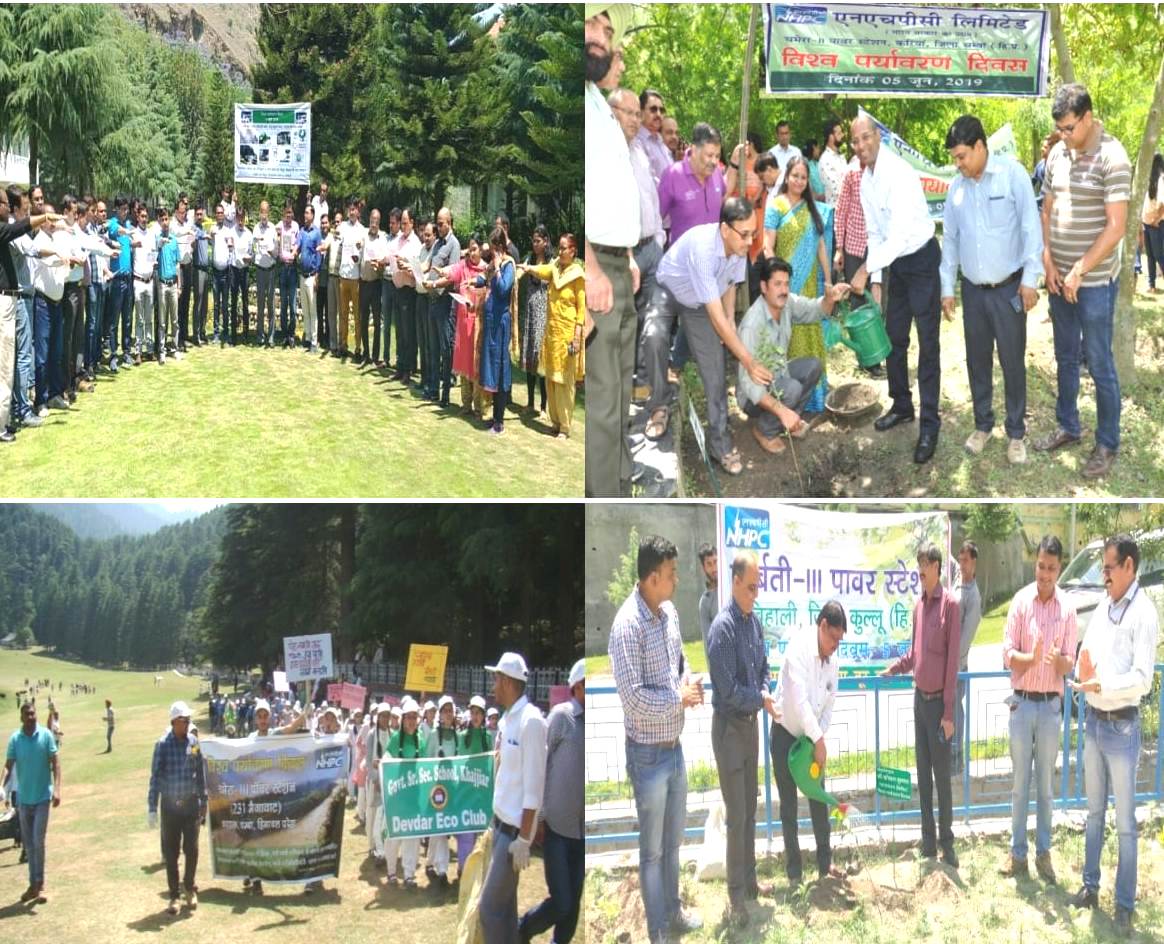
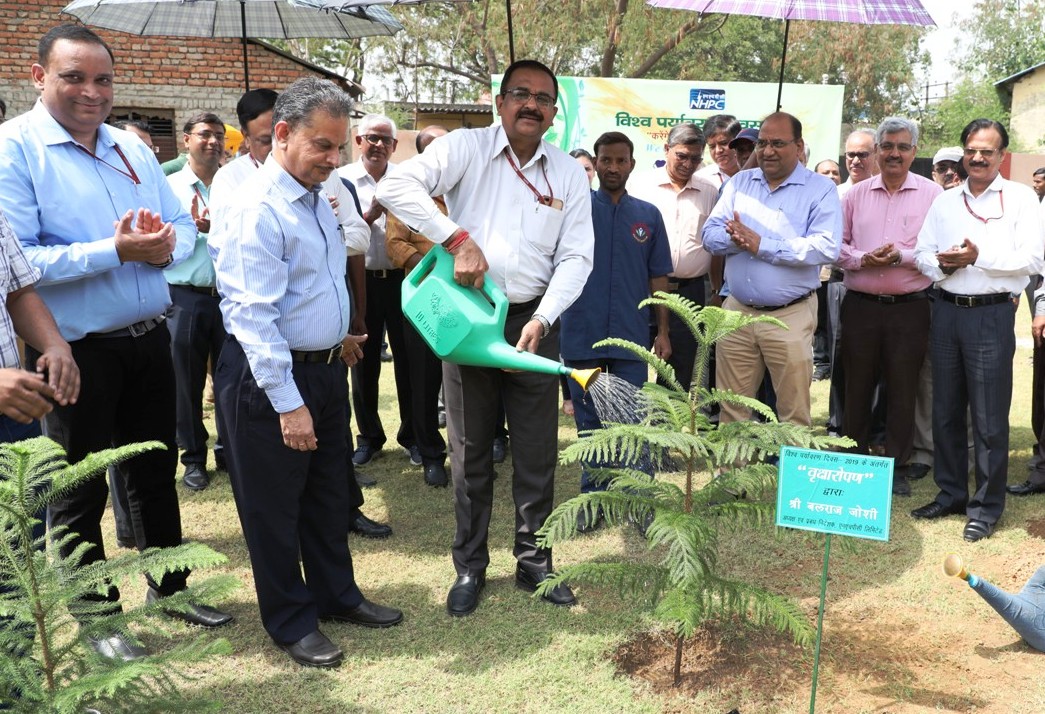
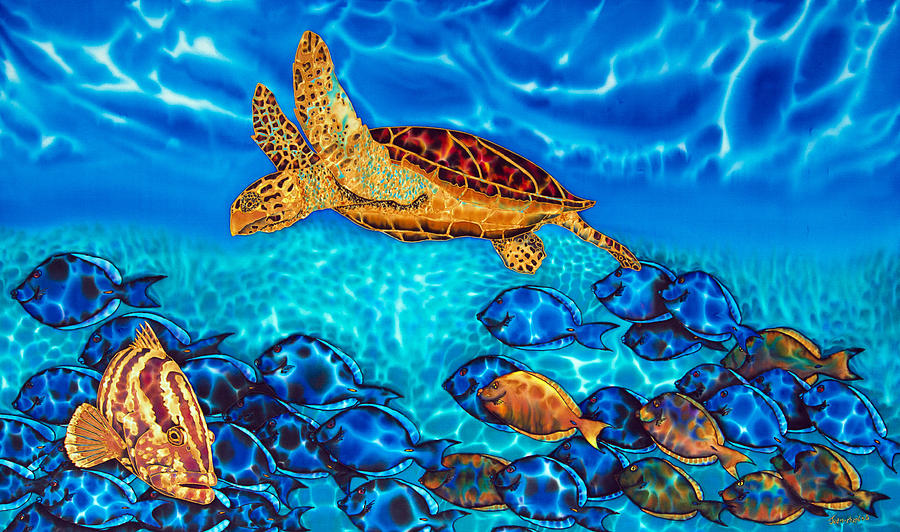

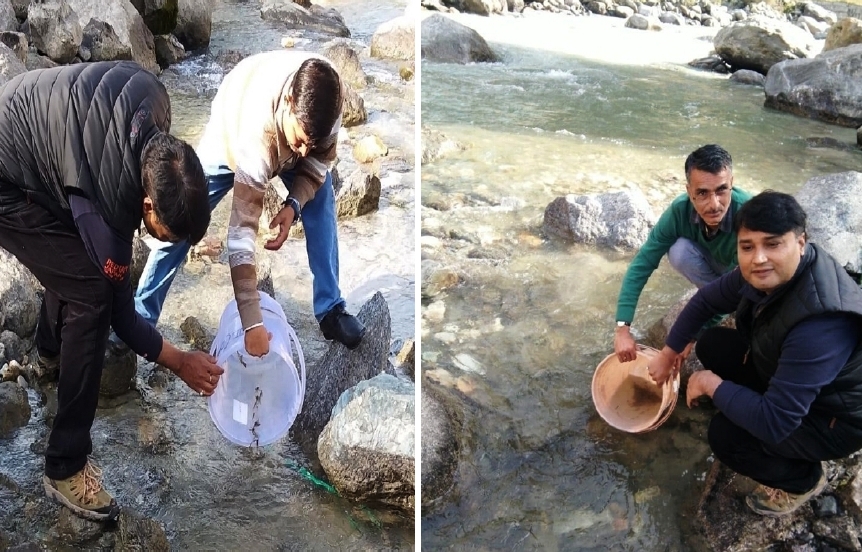


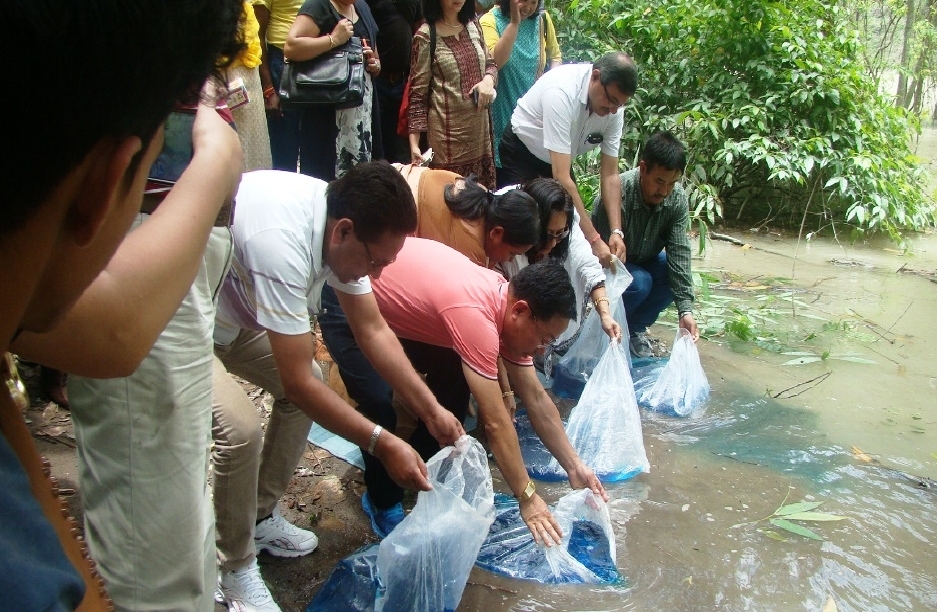
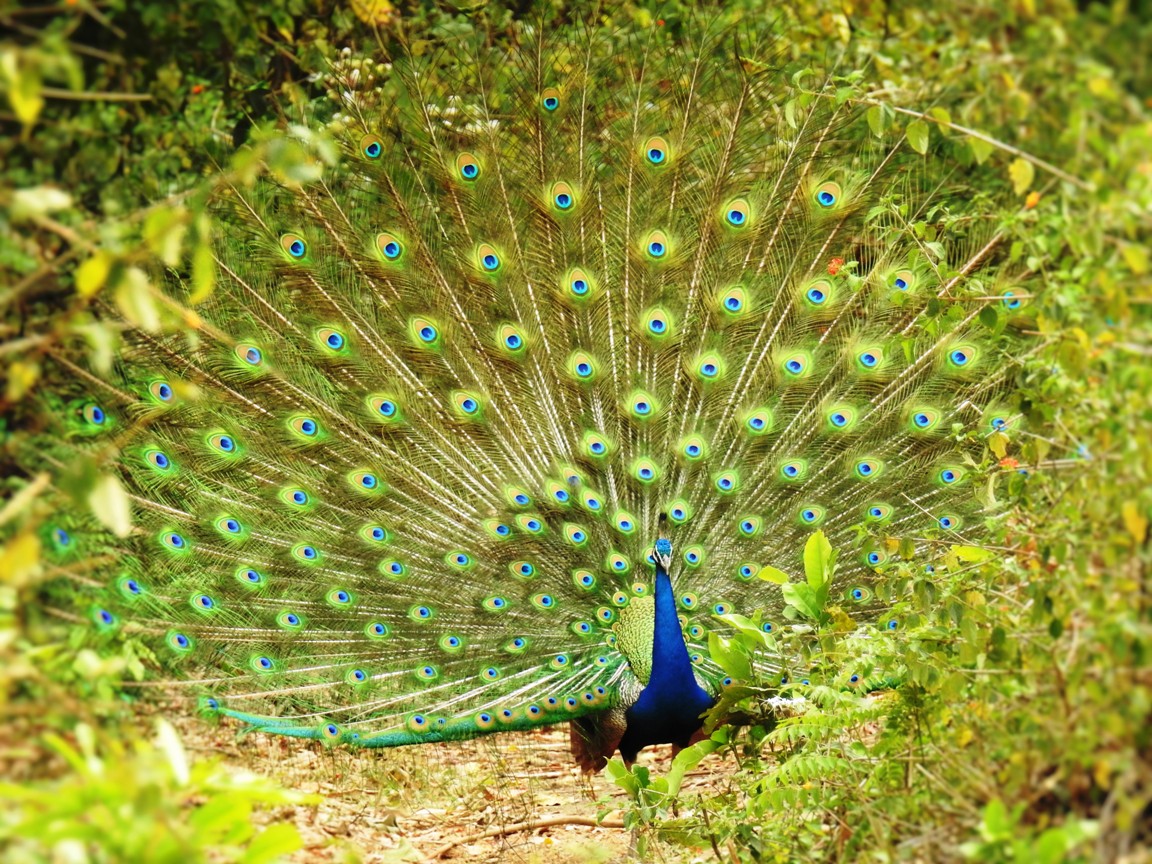
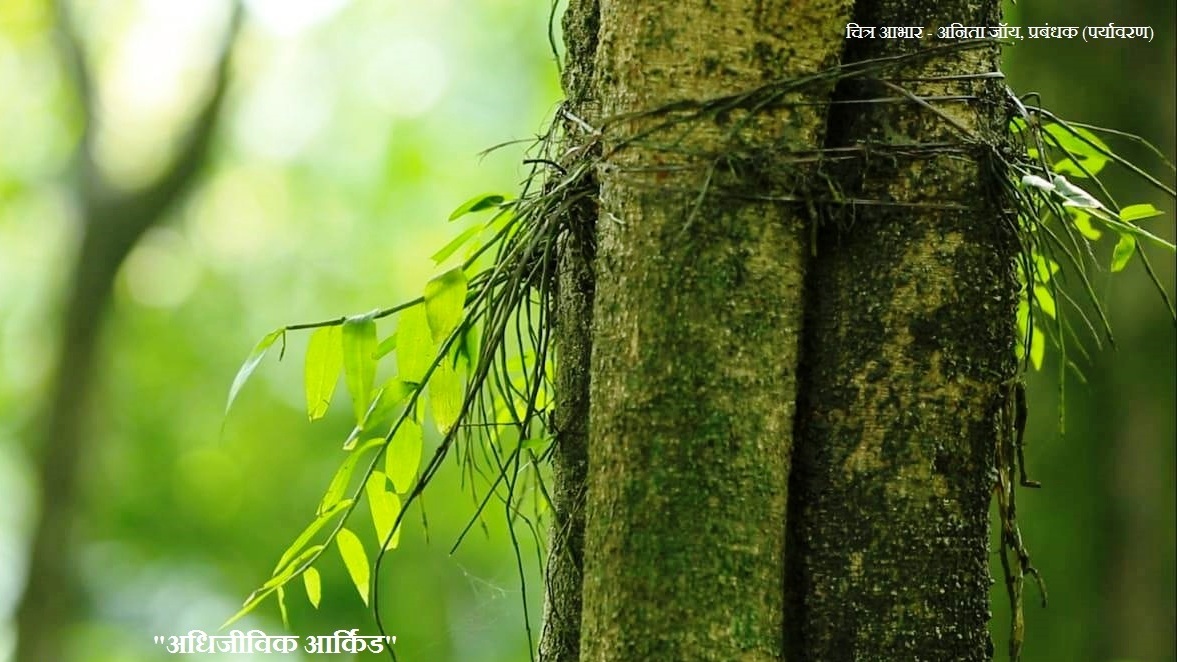
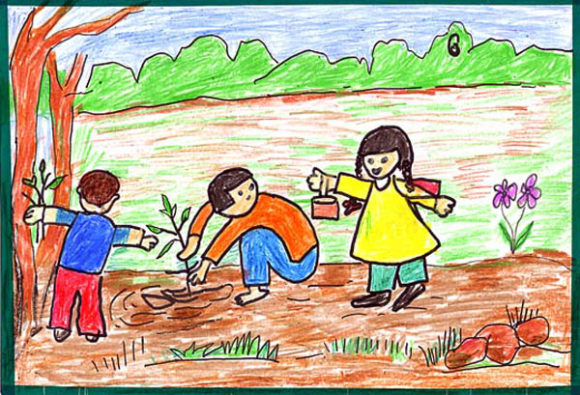

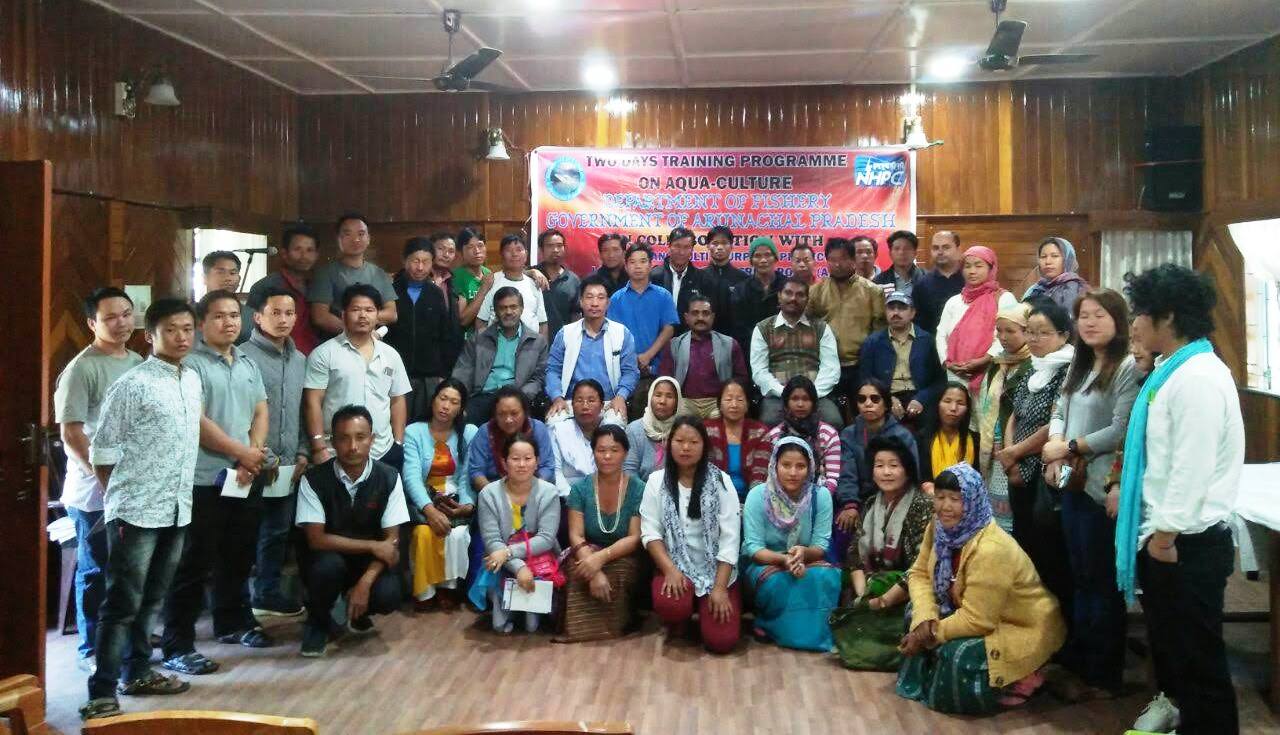
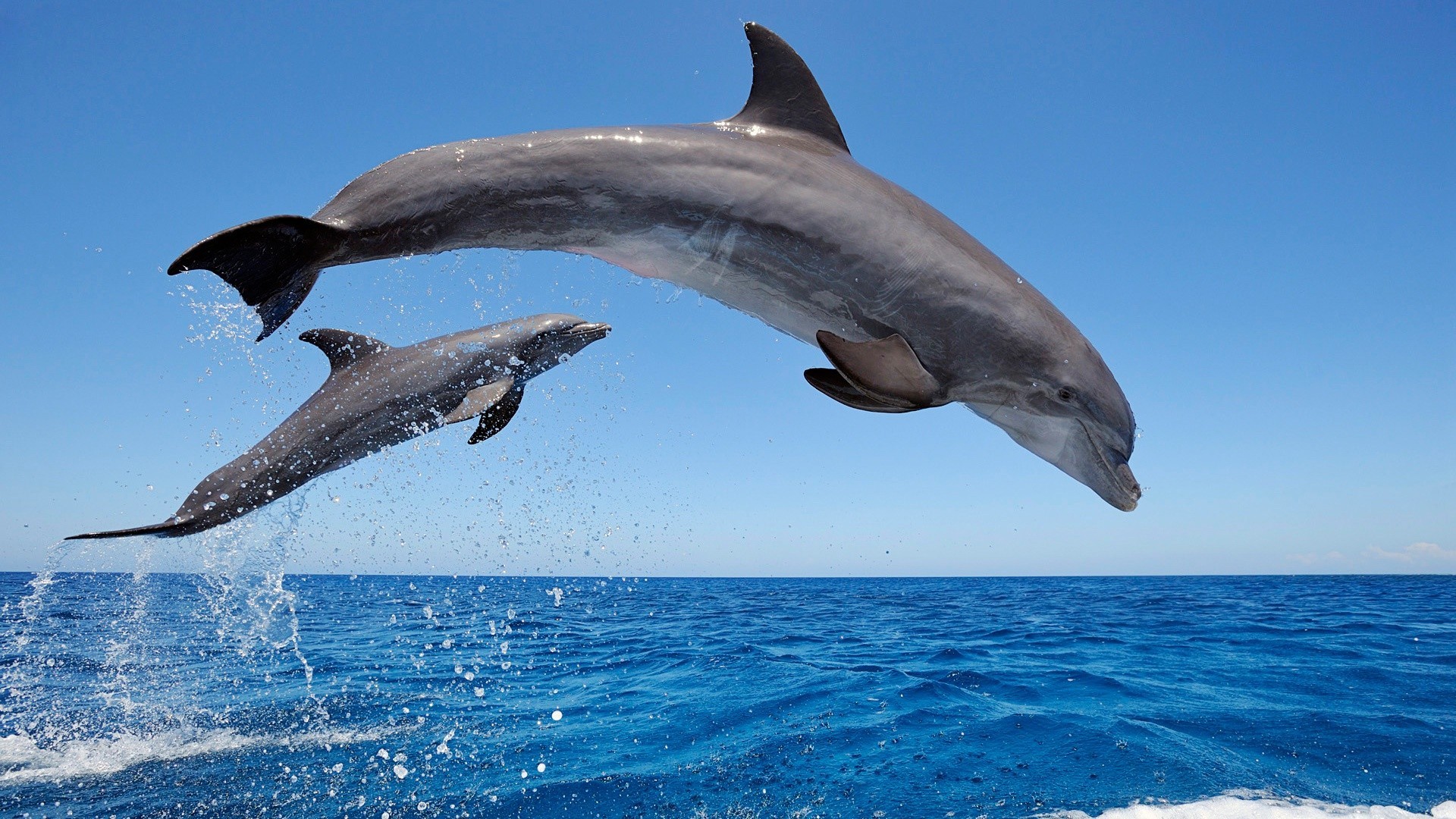
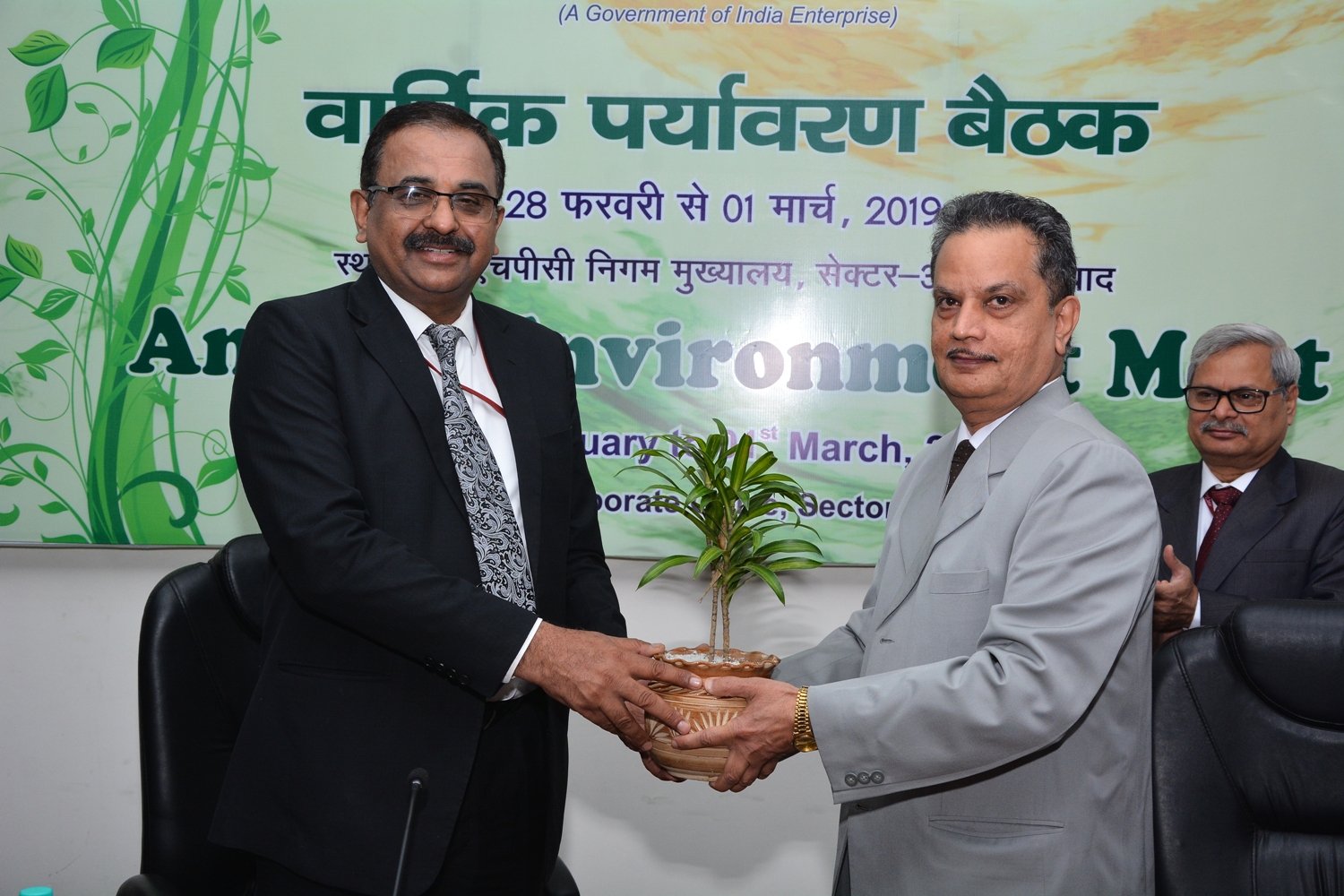









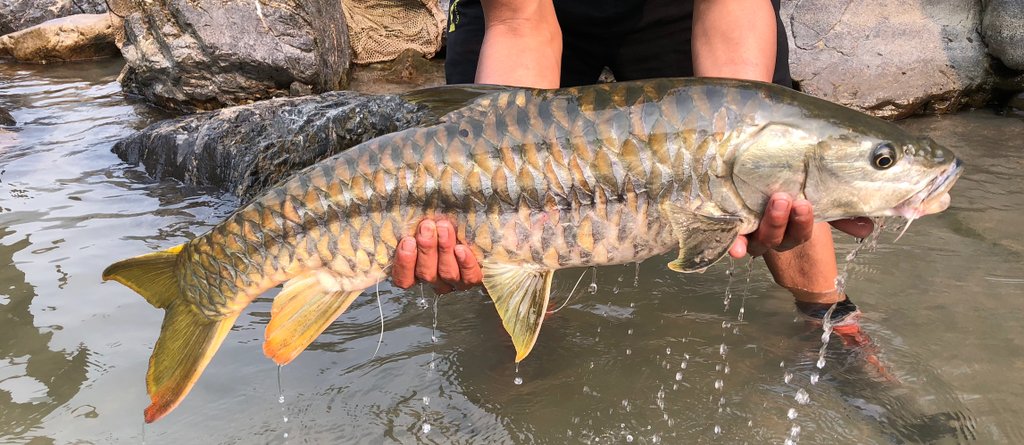
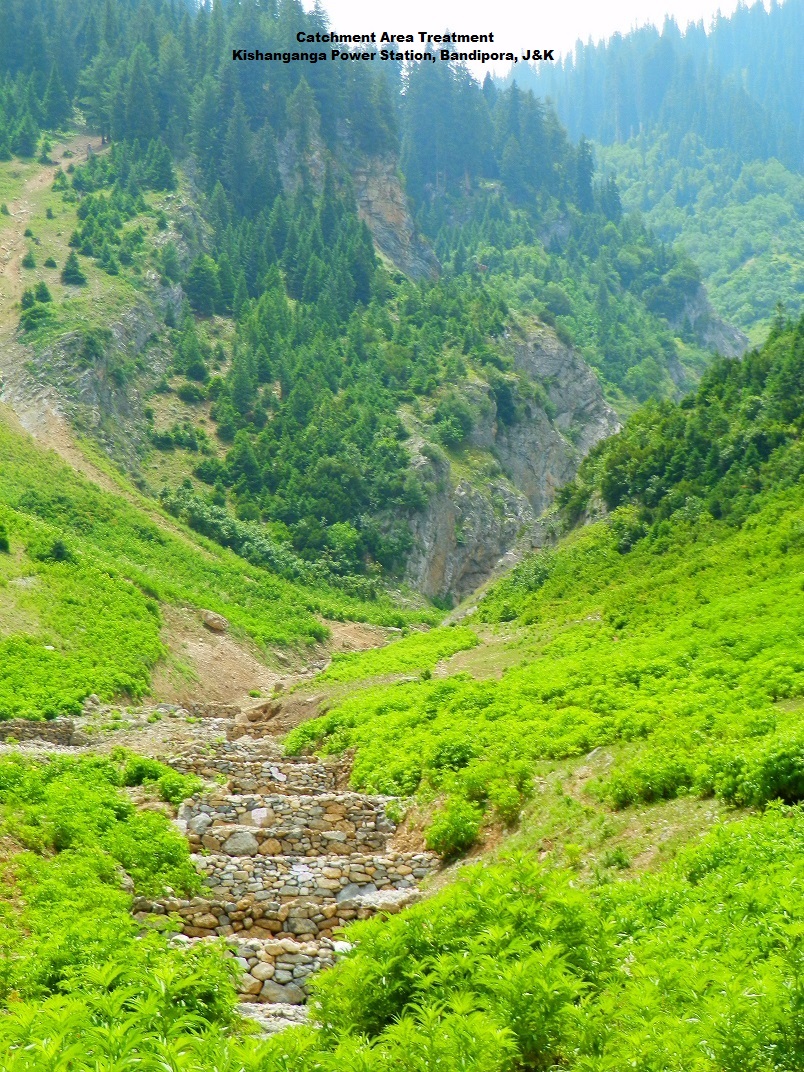
Leave a Reply